This video -- directed by Kousuke Sugimoto, with music by Takayuki Manabe -- was created in celebration of the 100th issue of IdN magazine.
+ Video
This video -- directed by Kousuke Sugimoto, with music by Takayuki Manabe -- was created in celebration of the 100th issue of IdN magazine.
+ Video
AUJIK, a mysterious Shinto group that believes all things in nature -- including the products of human technology -- possess a soul, have created a series of videos showing organic/synthetic artifacts intended to bridge the gap between the natural and artificial worlds.
* * * * *
+ Polygon Graffiti: an Uguisu Morph
This video features a selection of computer-generated artifacts at various locations around Japan.
* * * * *
This video, narrated by a masked AUJIK member named Nashi, explores some of the group's thoughts on technological singularity and artificial selection. AUJIK suggests that the tension between "original" nature (trees, rocks, animals, etc.) and "refined" nature (human technology) is decreasing, and that the two are converging. The group believes it is possible to accelerate this convergence by creating organic/synthetic artifacts such as the ones that appear in the video.
* * * * *
+ YUKI
This video shows two children interacting with a robotic tree in a snowy landscape.
* * * * *
+ KIIA
This video shows an organic robotic artifact growing from a tree trunk. The music was created from the sound of cicadas.
* * * * *
In this video, an AUJIK member named Madoka explains her thoughts on pattern recognition and how it relates to emotions and consciousness.
[More: QNQ/AUJIK]
Fade Out, an eye-catching visual display system developed by media artists Daito Manabe and Motoi Ishibashi, uses laser beams to "print" ephemeral glow-in-the-dark images on a wall-mounted screen coated with photoluminescent paint.
+ Video
After the computer receives and processes a digital image (in this case, a webcam snapshot), ultraviolet laser beams are fired at the photoluminescent screen to produce square pixels of glowing green light. Subtle gradations are created by controlling the timing of the laser shots and allowing the darker portions of the image to fade. The completed image gradually disappears as the glow of the screen grows dim.
The novelty of the system seems to make it well-suited for use in entertainment and advertising, and the creators are now looking at ways to create glowing images in liquid and on irregular surfaces.
Here is some video of the system being tested on a human face.
+ Video
[Via: World Business Satellite]
Here is a collection of Japanese advertisements for drinks and smokes (1894-1954).
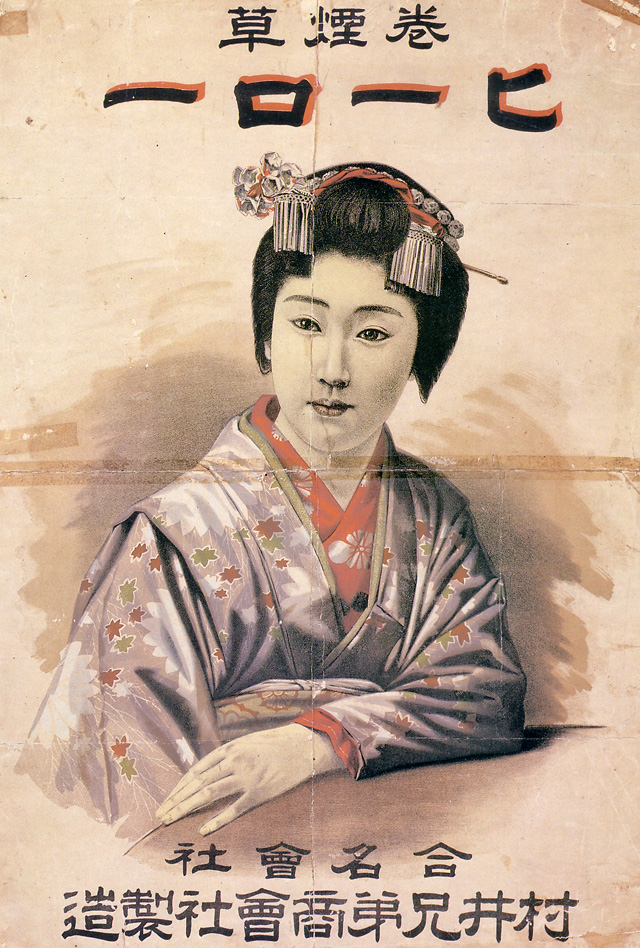
Hero Cigarettes, 1894
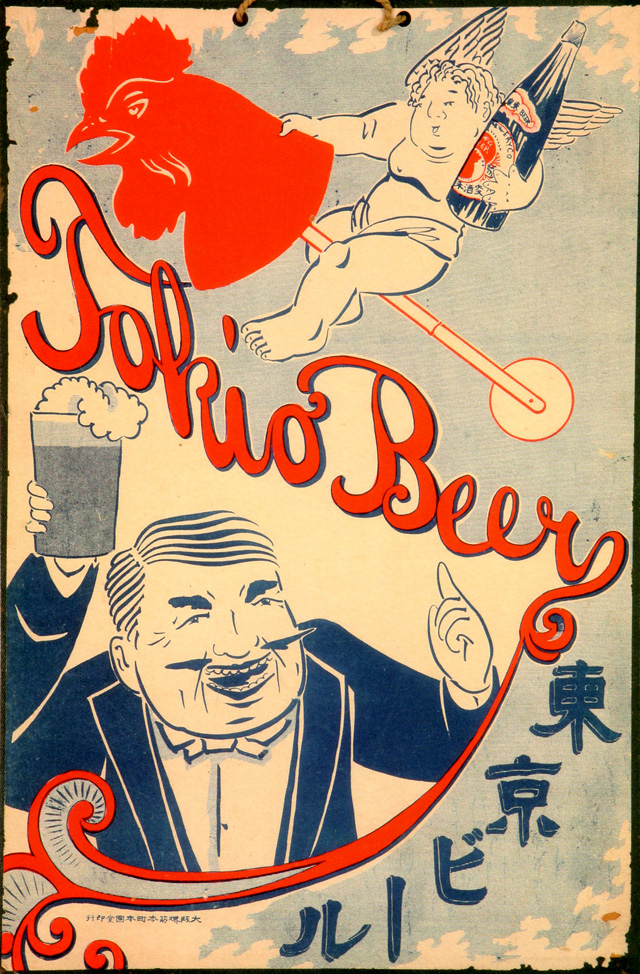
Tokio Beer, 1896-1906
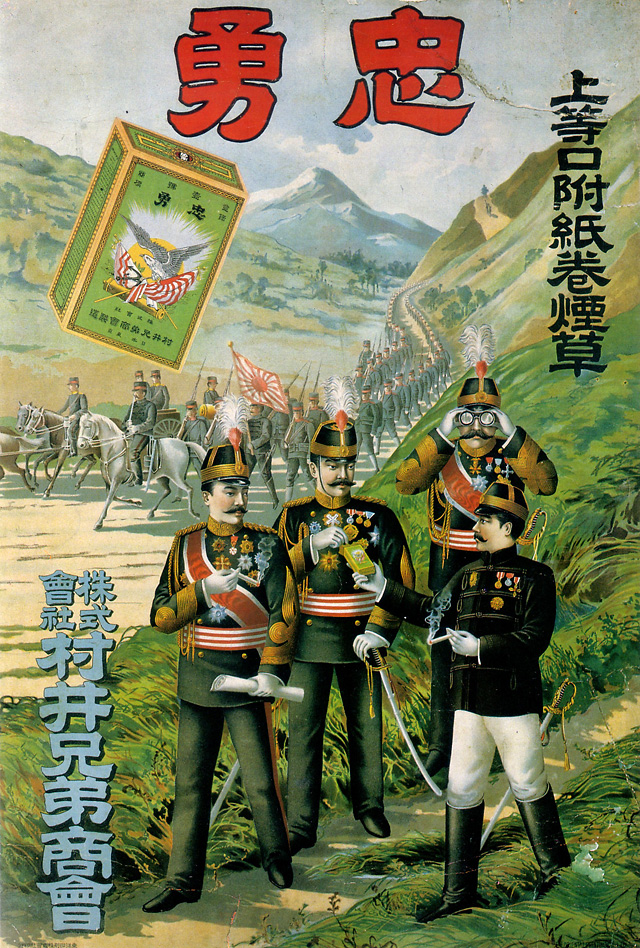
Chūyū Cigarettes, 1900
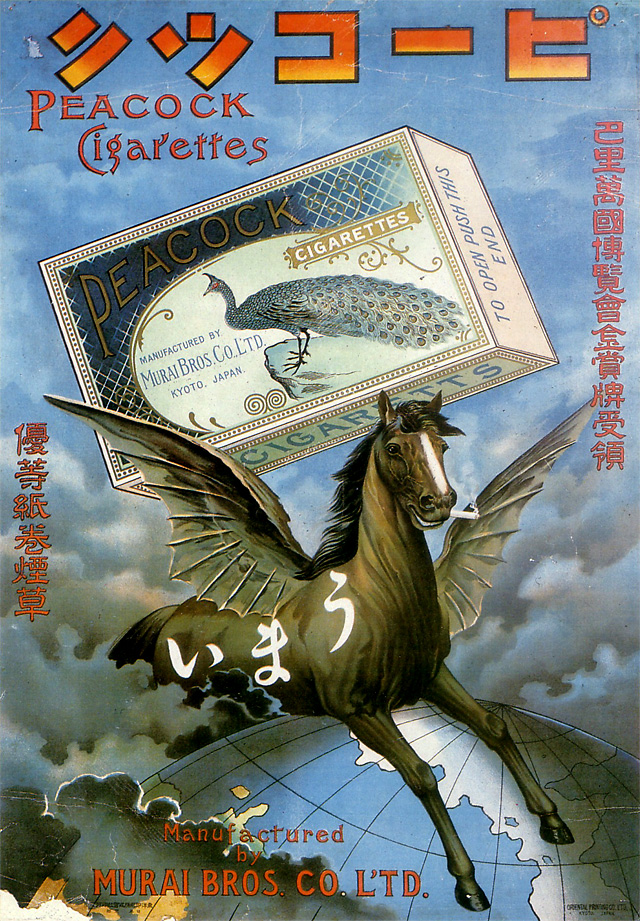
Peacock Cigarettes, 1902
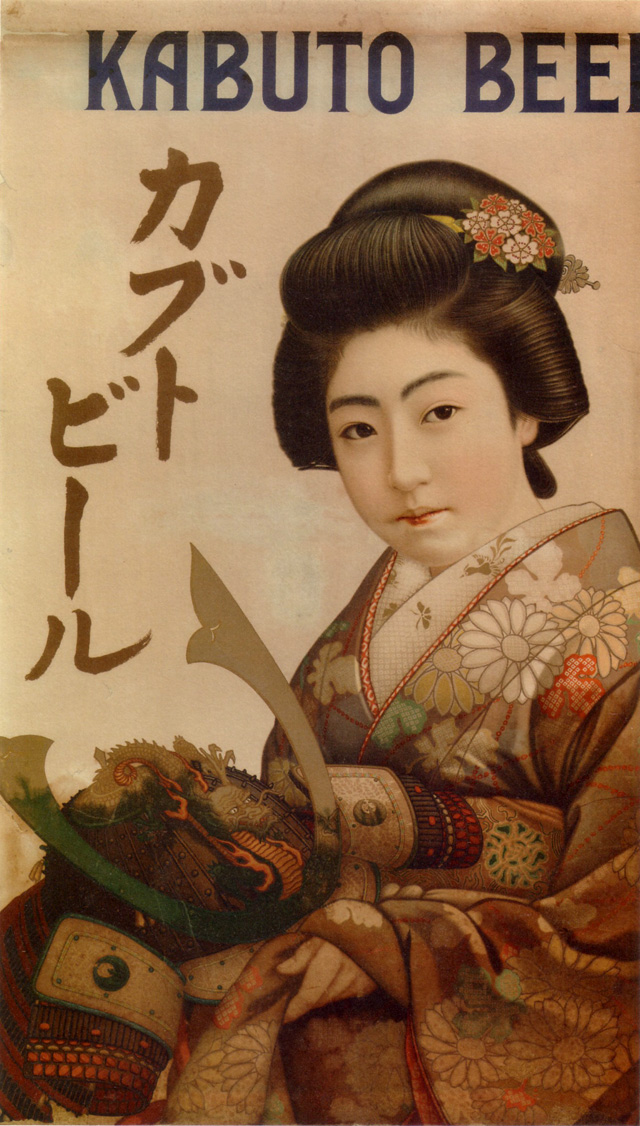
Kabuto Beer, 1911
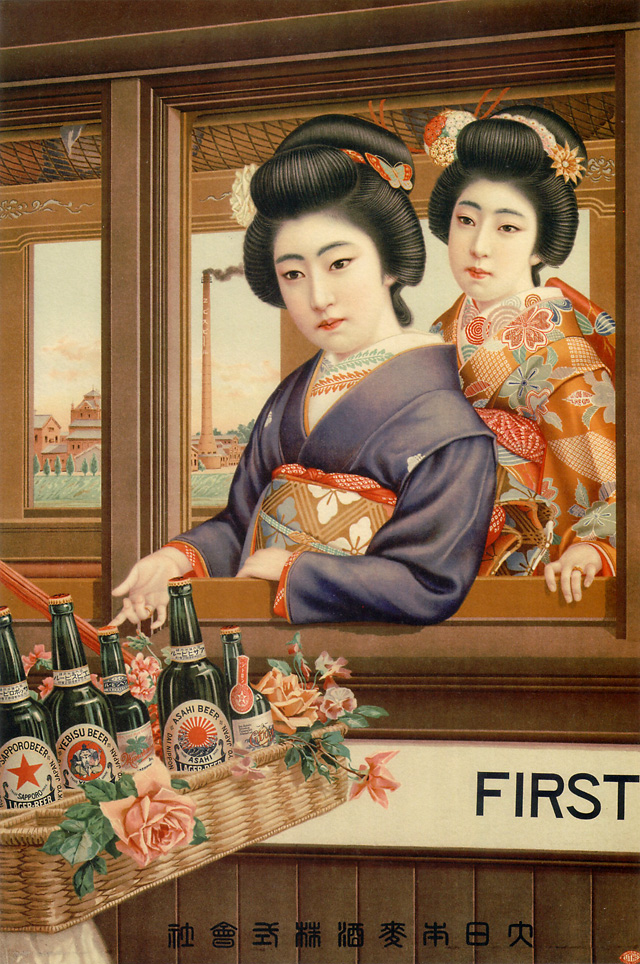
Dai Nippon Brewery Company, 1912
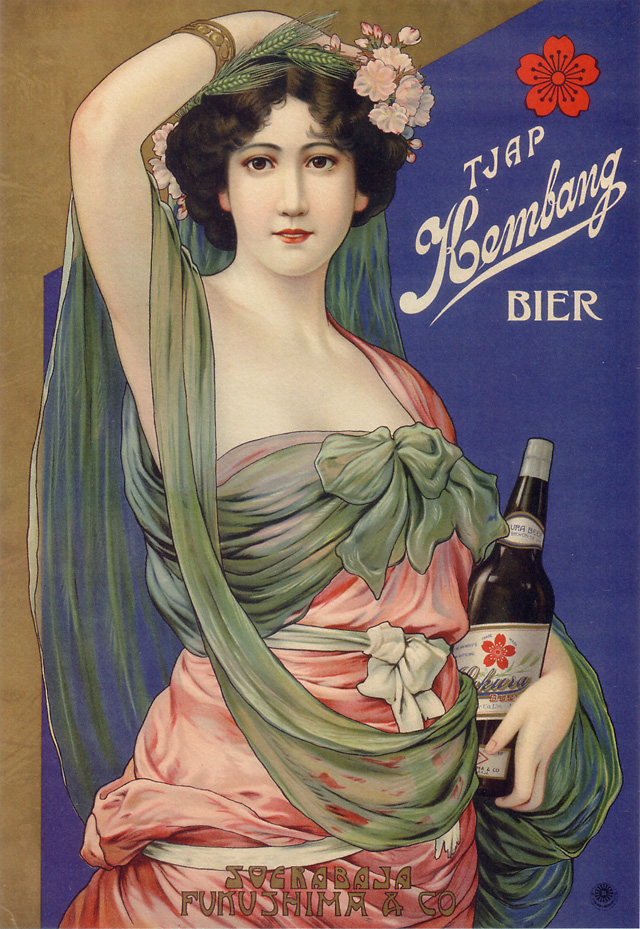
Kembang Beer (Sakura Beer export label), 1912-1916

Sakura Beer, 1924
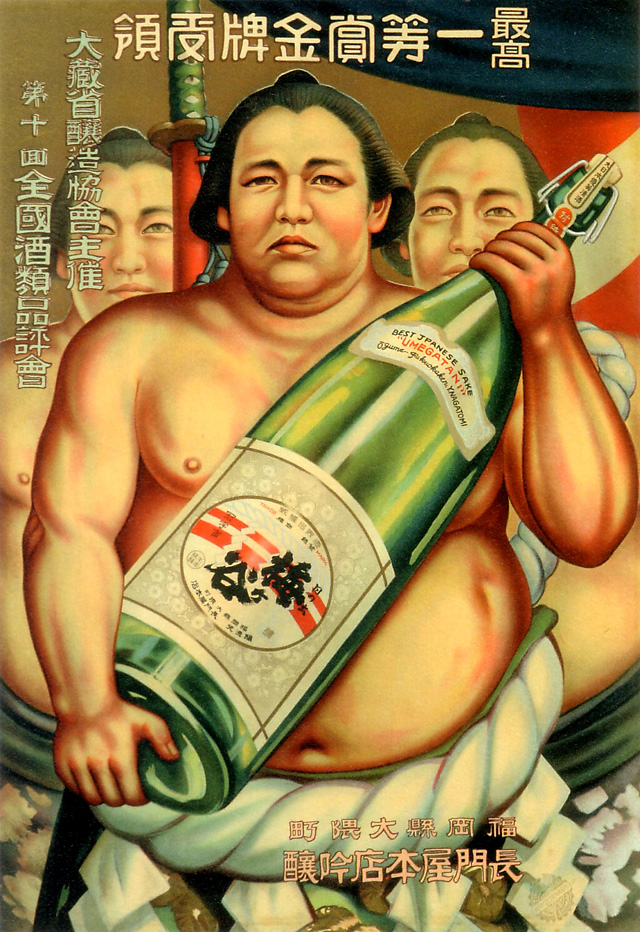
Umegatani sake, 1926
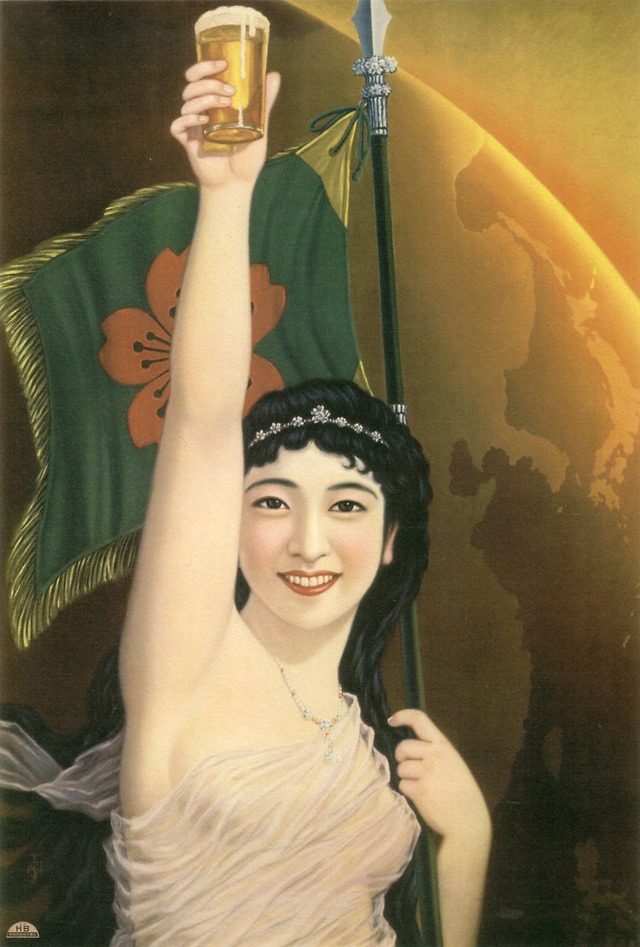
Sakura Beer, 1928-1932
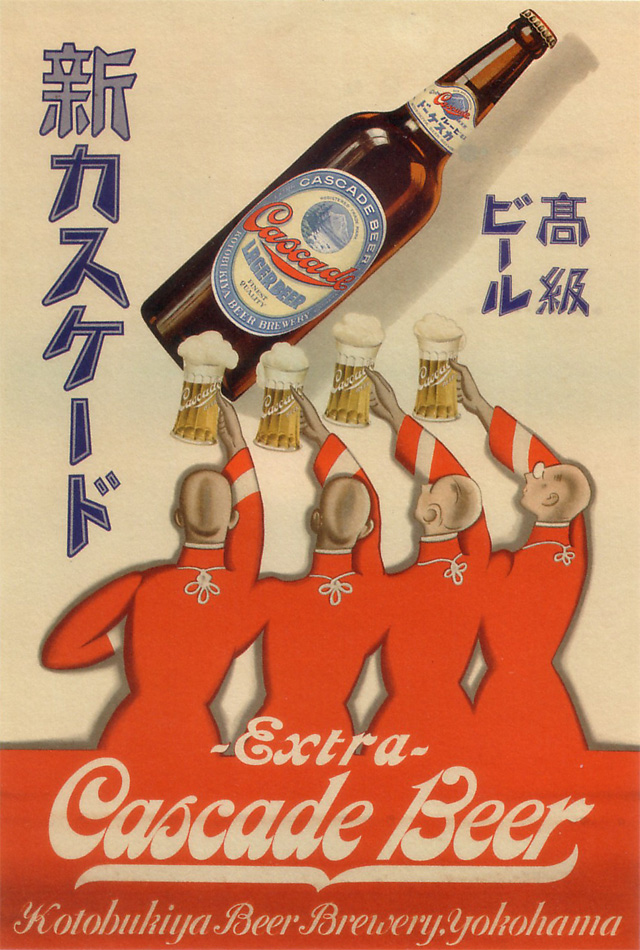
Cascade Beer, 1929
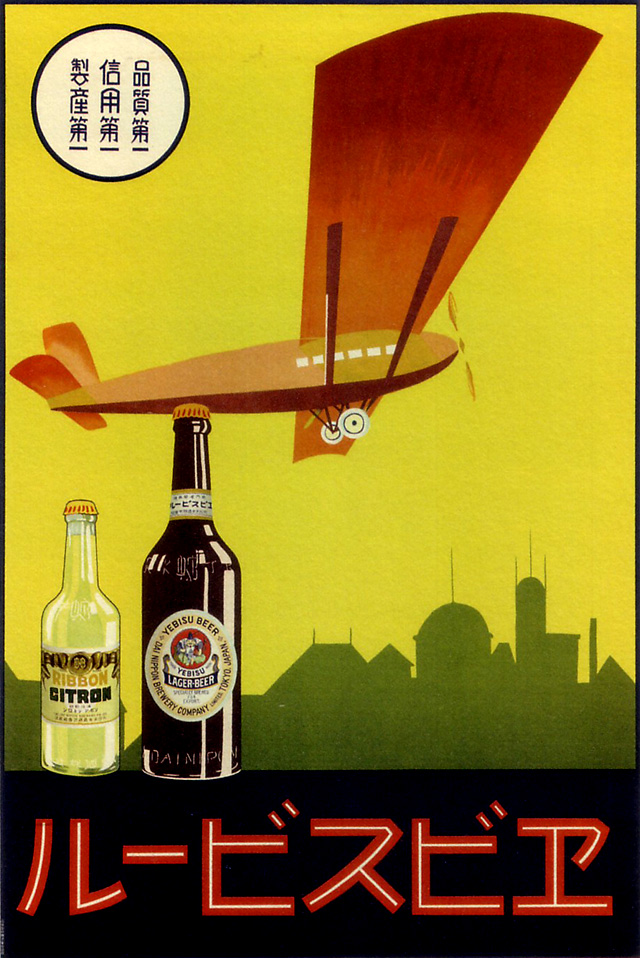
Yebisu Beer, 1930

Minori Cigarettes, 1930

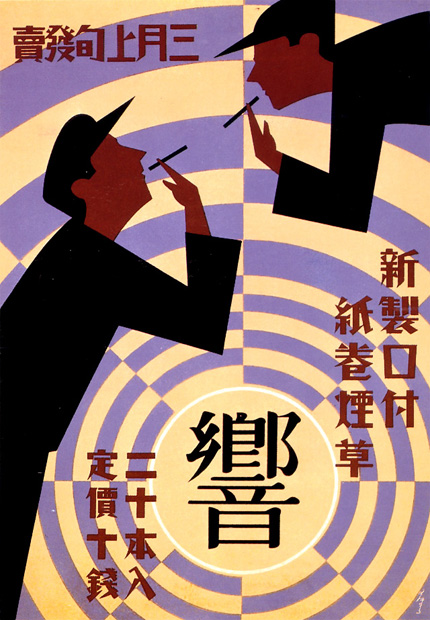
"Tobacco Profits for National Defense" Week, 1930 // Hibiki Cigarettes, 1932
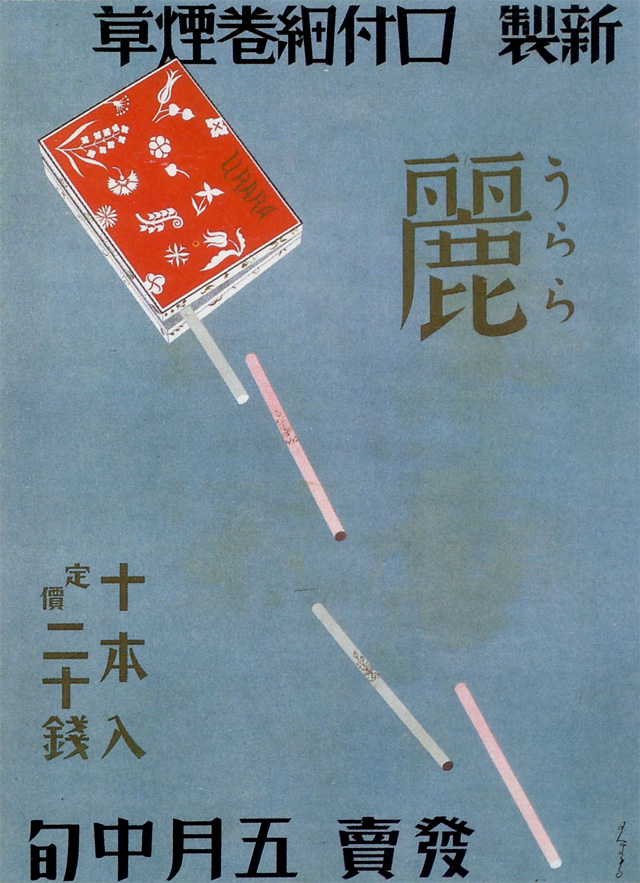
Urara Cigarettes, 1932
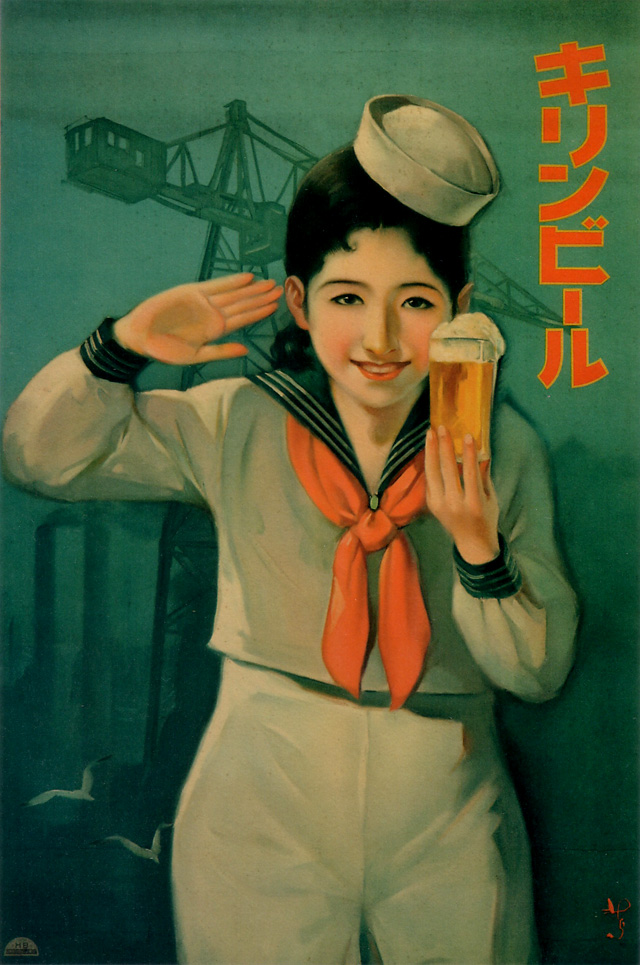
Kirin Beer, 1933
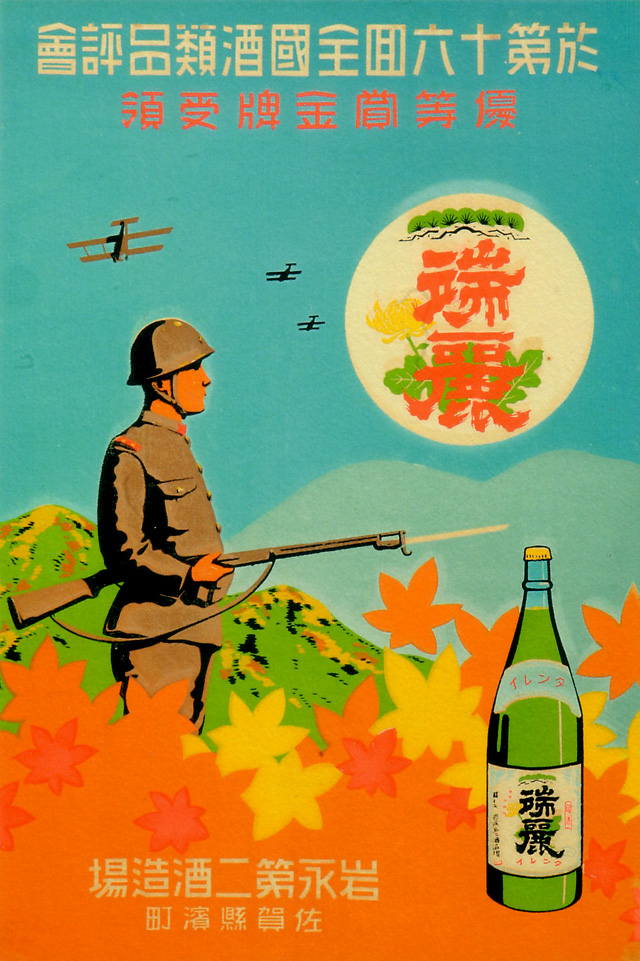
Zuigan sake, 1934
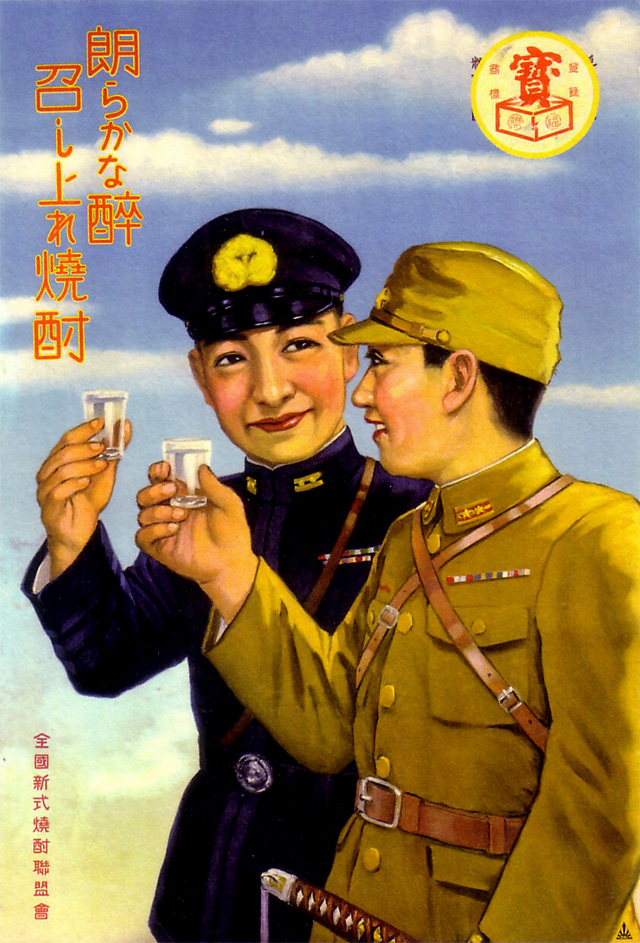
Takara shōchū, 1935-1938
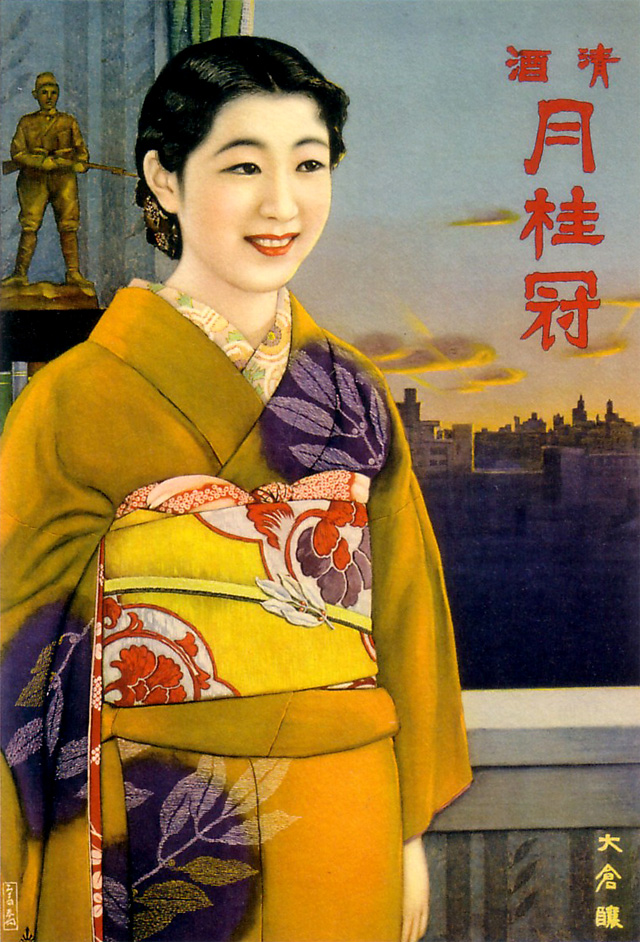
Gekkeikan sake, 1935-1938
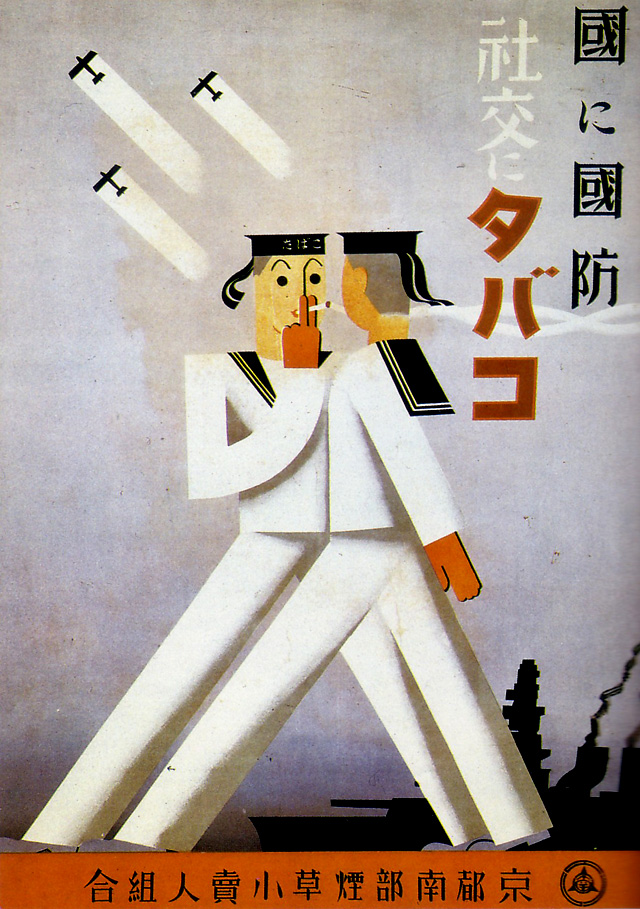
"Defense for country, tobacco for society" (South Kyoto Tobacco Sellers' Union), 1937
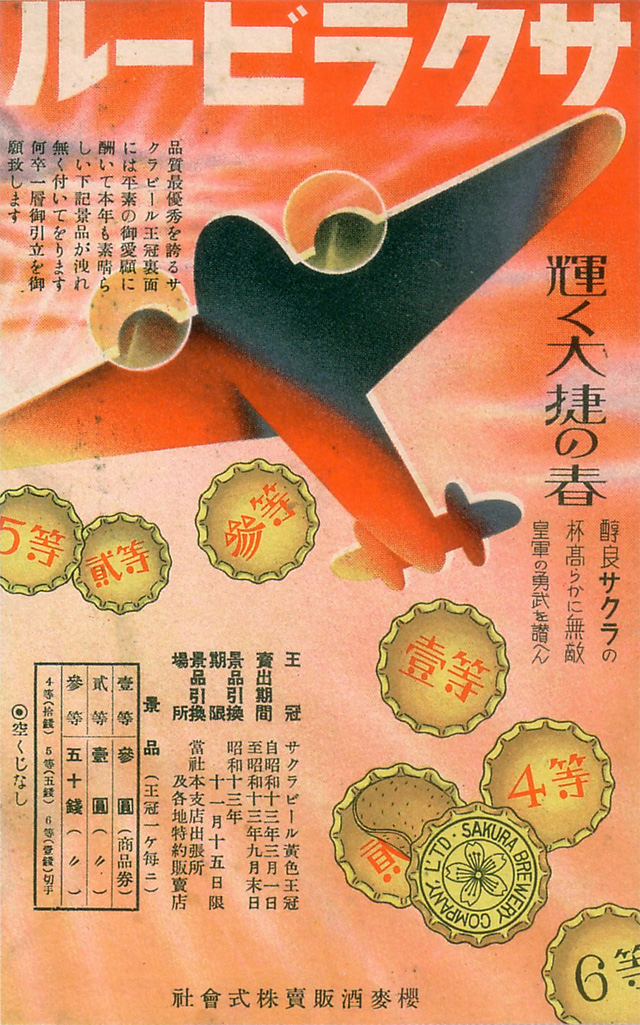
Sakura Beer, 1938
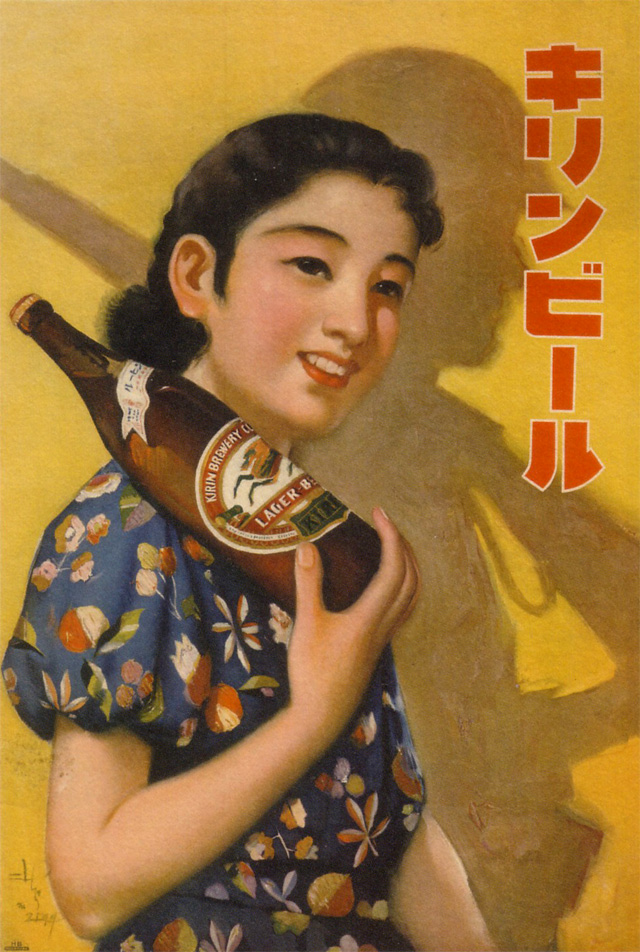
Kirin Beer, 1939
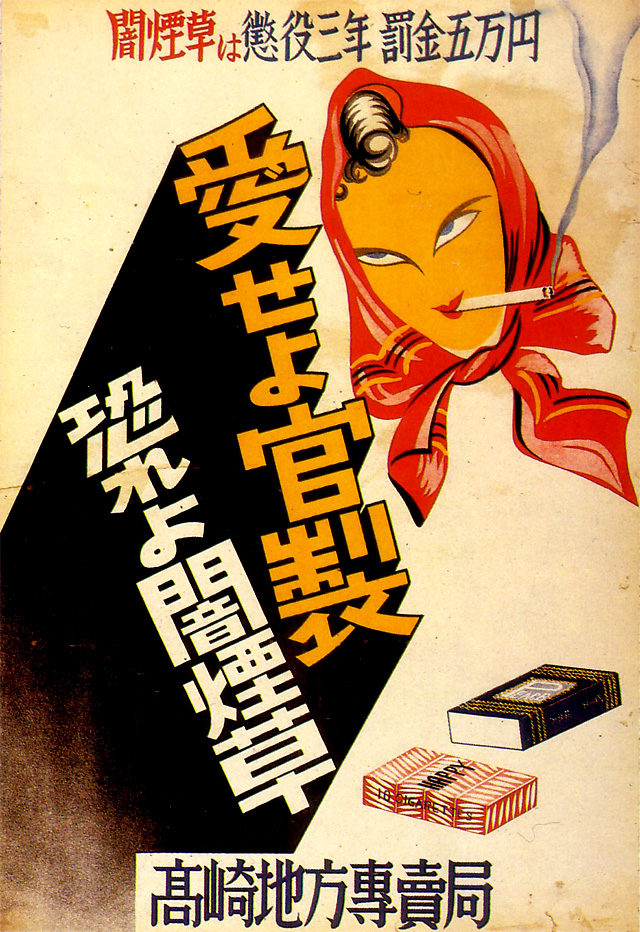
Anti-black market poster (violators face 3 years in prison, 50,000 yen fine), 1948
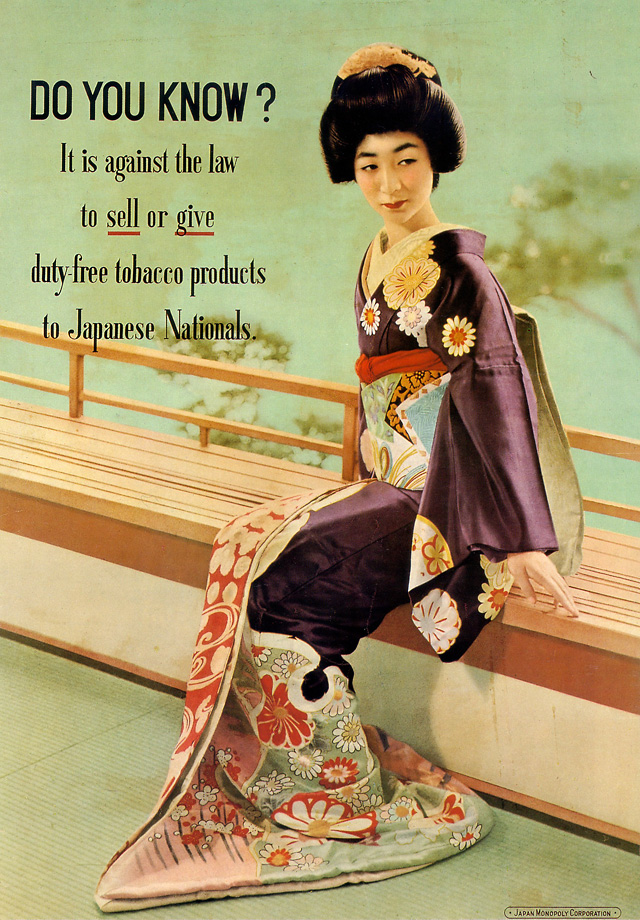
Message from Japan Monopoly Corporation, 1954
[Sources: Tabako Omoshiro Catalog Zukan (Kodansha, 1987) and Meiji/Taisho/Showa O-Sake No Hōkoku Graffiti (Kokusho, 2006)]
The University of California, San Francisco (UCSF) maintains a collection of 400 health-themed woodblock prints from 19th-century Japan. The collection -- which includes drug advertisements, illustrated instructions for treating and preventing contagious diseases, and visual guides to the human body -- offers a unique look at Japanese medical knowledge in the late Edo and early Meiji periods. Here are a few images from the collection.

Ad for Kinder-Puwder, King of Pediatric Drugs -- Morikawa Chikashige, 1880 [+]
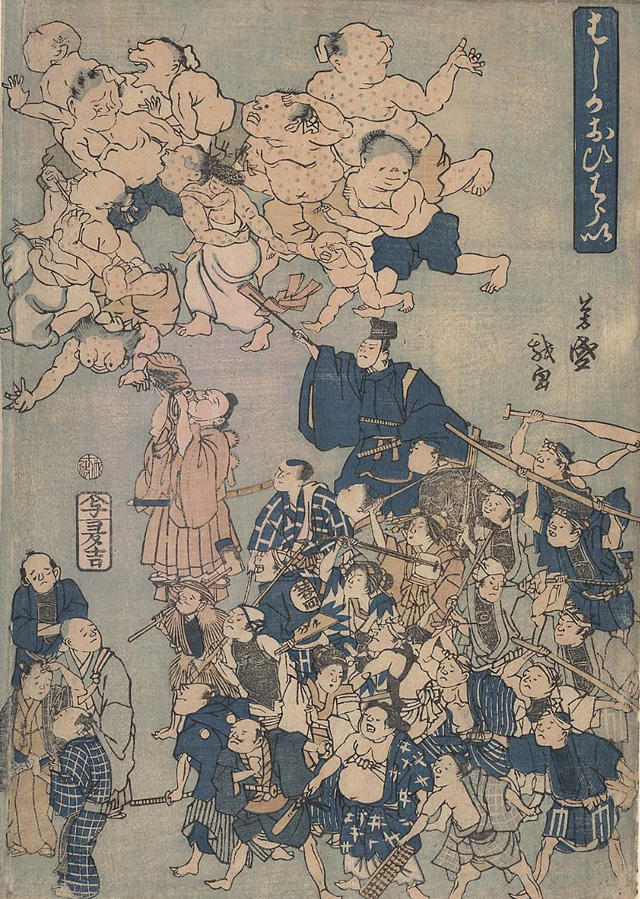
Chasing measles away -- Utagawa Yoshimori, 1862
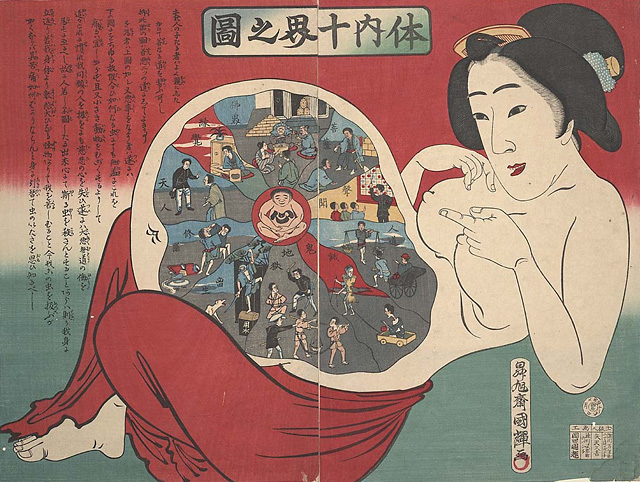
Ten realms within the body -- Utagawa Kuniteru III, c. 1885 [+]
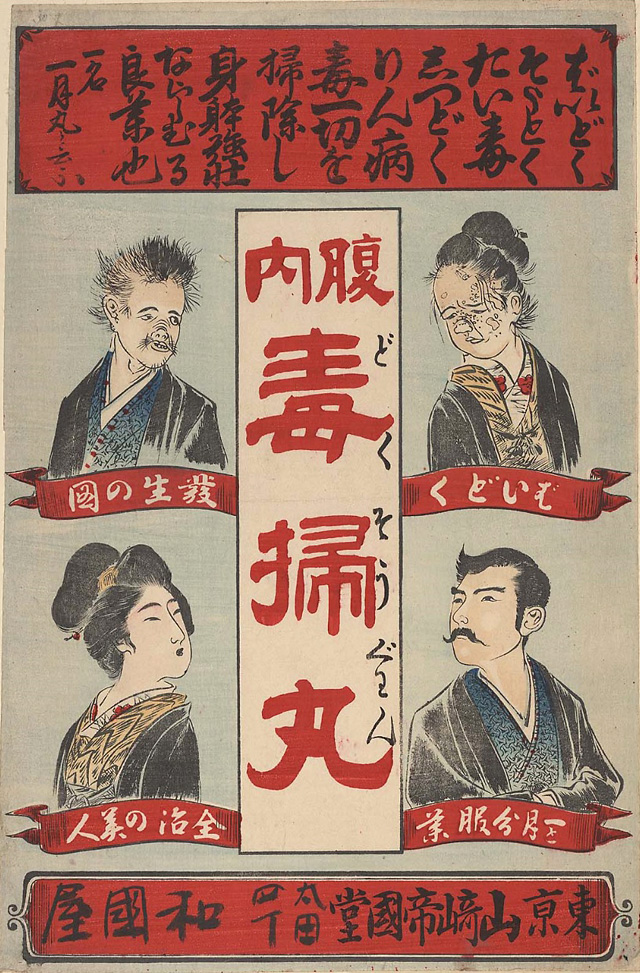
Pills to cure toxic illnesses such as syphilis and gonorrhea -- Artist unknown, late 19th century

Protective gods help good drugs fight evil disease -- Utagawa Yoshikazu, 1858 [+]

Hōsō-e talisman print to ward off smallpox -- Artist unknown, c. 1849
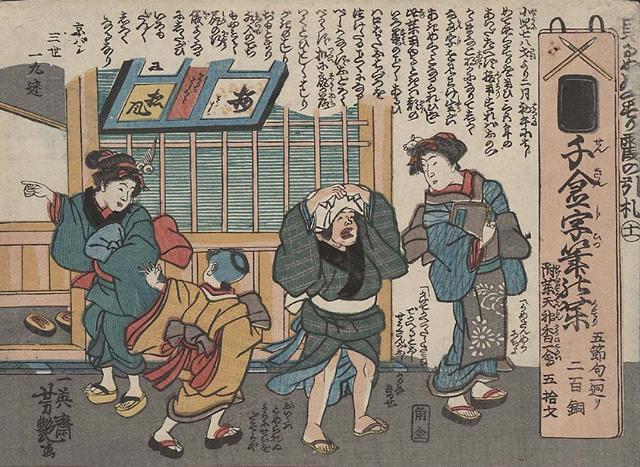
Ad for drug to improve handwriting and reading skills -- Utagawa Yoshitsuya, 1862
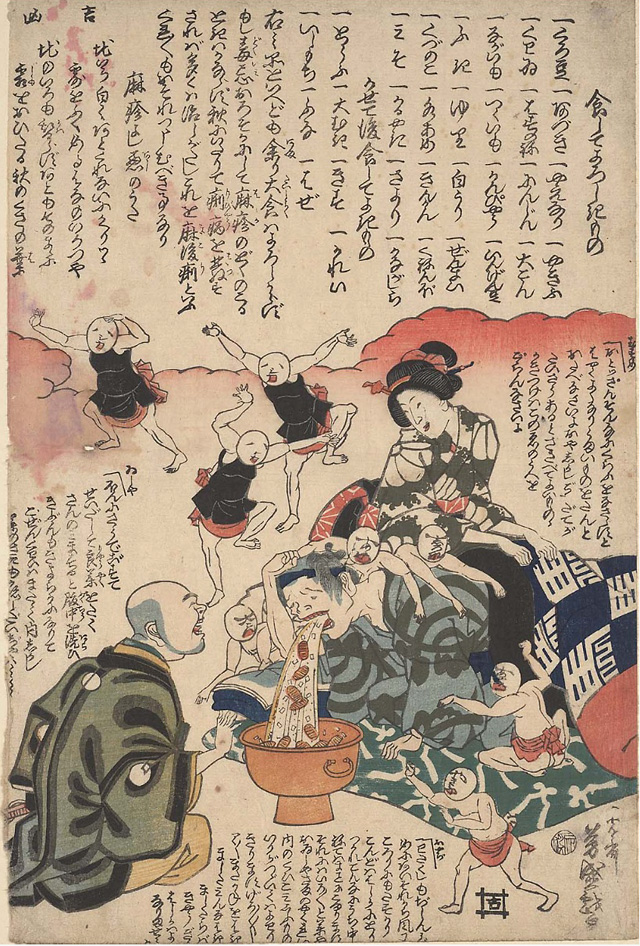
Foods that can be eaten by measles patients -- Utagawa Yoshimori, 1860s
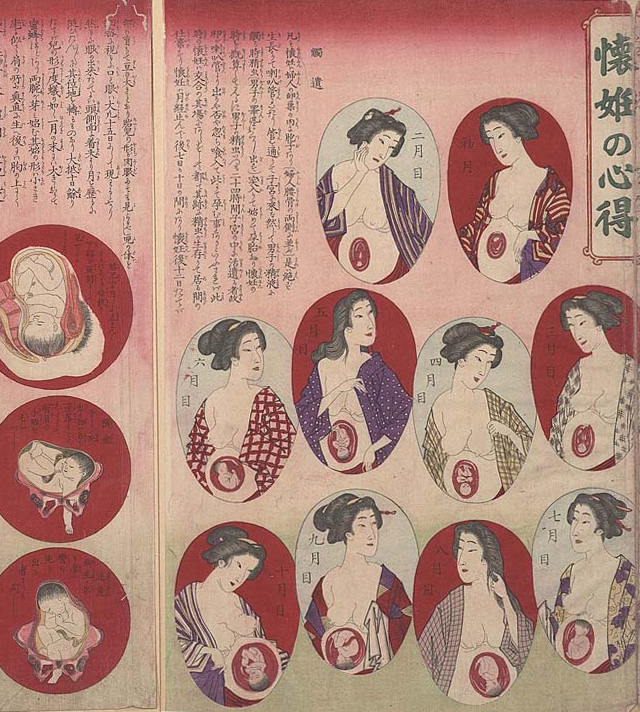
Pregnancy guide -- Hamano Teisuke, 1880 [+]
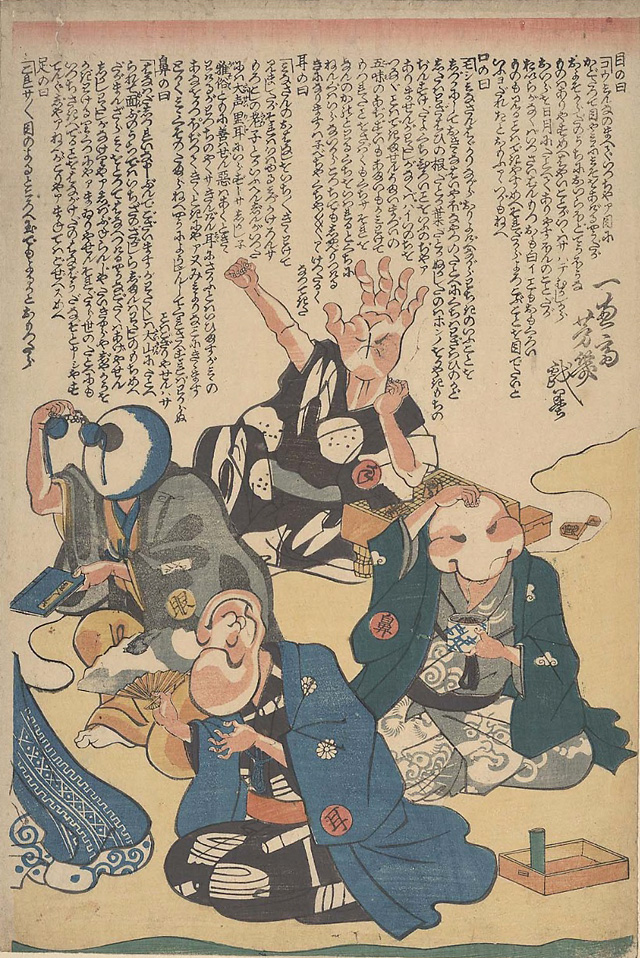
Eye, ear, nose and hand -- Ochiai Yoshiiku, c. 1865
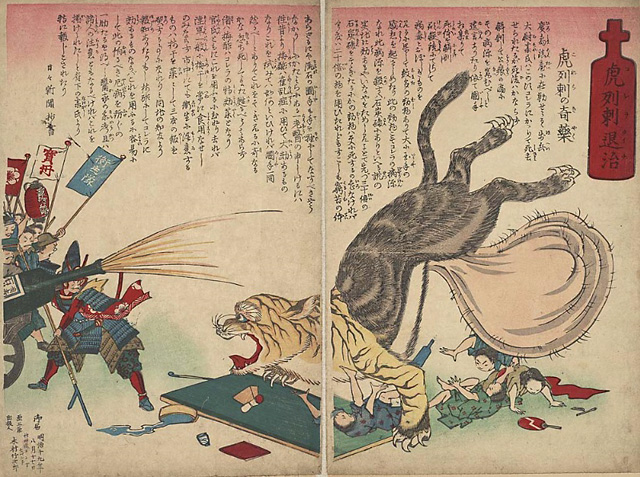
Defeating cholera -- Kimura Takejiro, 1886 [+]
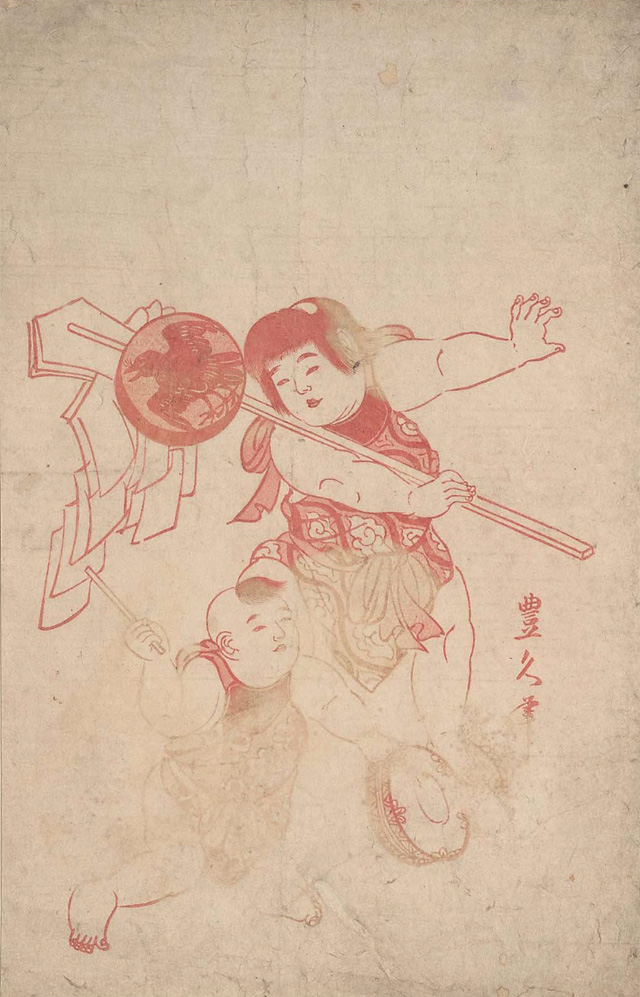
Hōsō-e talisman print to ward off smallpox -- Utagawa Toyohisa II, c. 1830
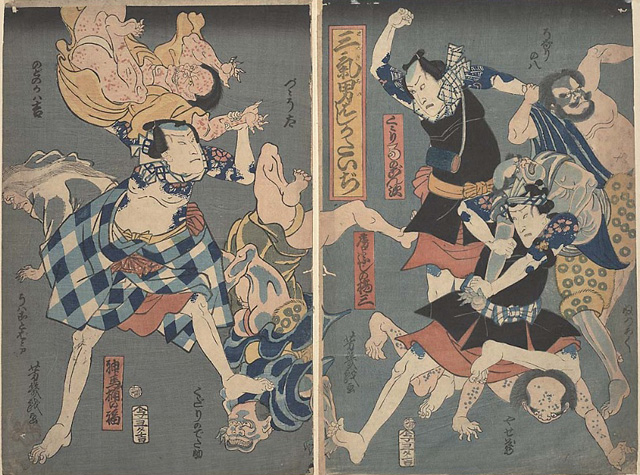
Three mighty men conquering measles -- Ochiai Yoshiiku, 1870s [+]
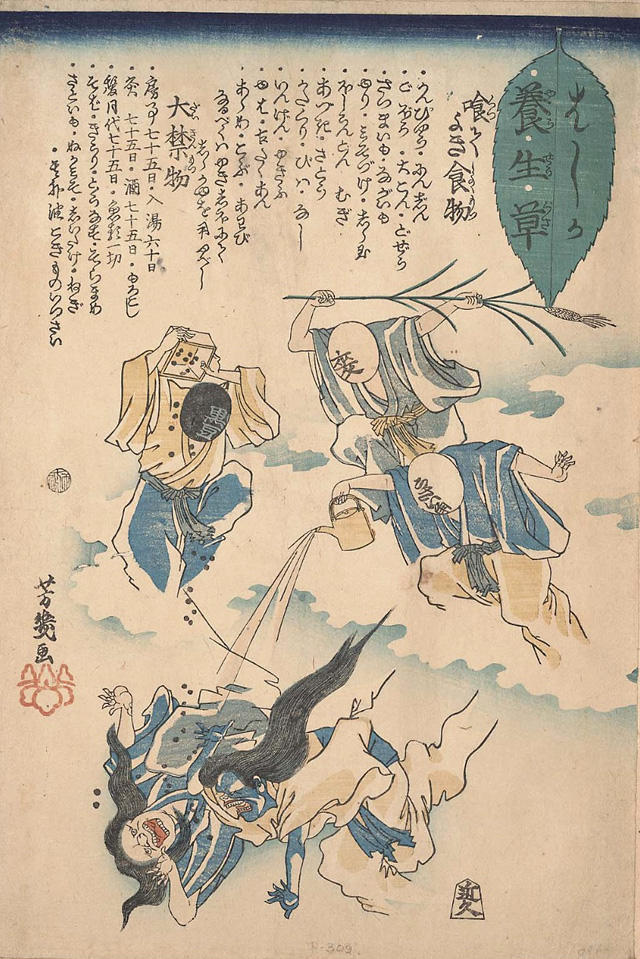
Measles treatment -- Ochiai Yoshiiku, 1862
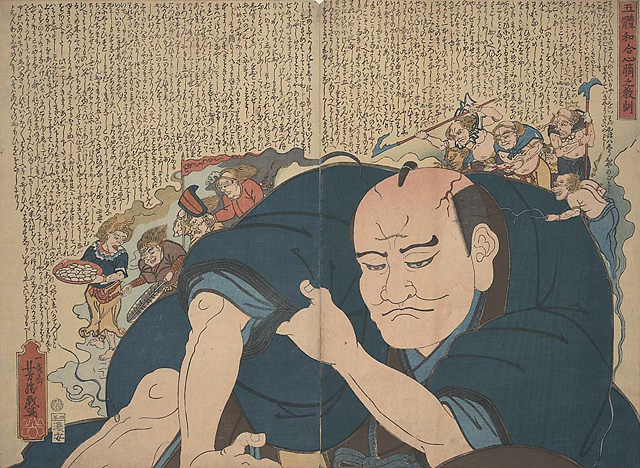
Teaching on harmonious body and mind -- Utagawa Yoshikatsu, 1850 [+]
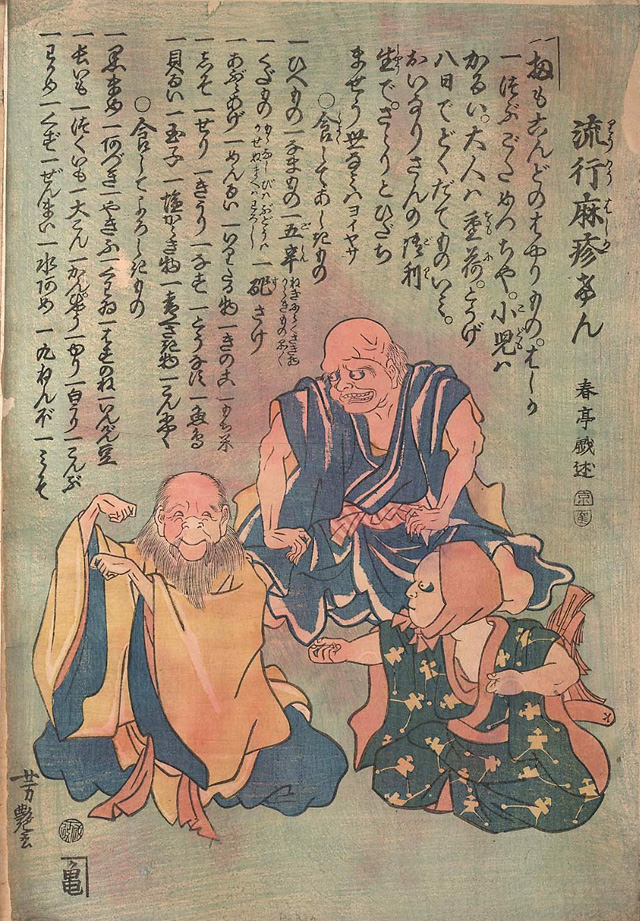
Measles-themed hand game -- Utagawa Yoshitsuya, 1862

Illustrated guide to parental obligations -- Utagawa Yoshitora, 1880 [+]

Shinto god from Izumo province for preventing measles -- Taiso Yoshitoshi, 1862
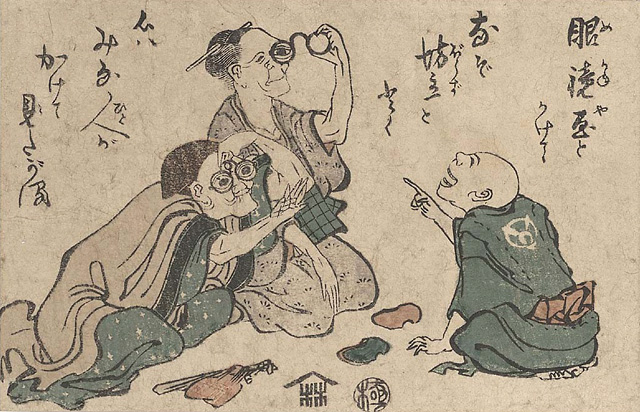
Seller of eyeglasses -- Katsushika Hokusai, c. 1811-1814
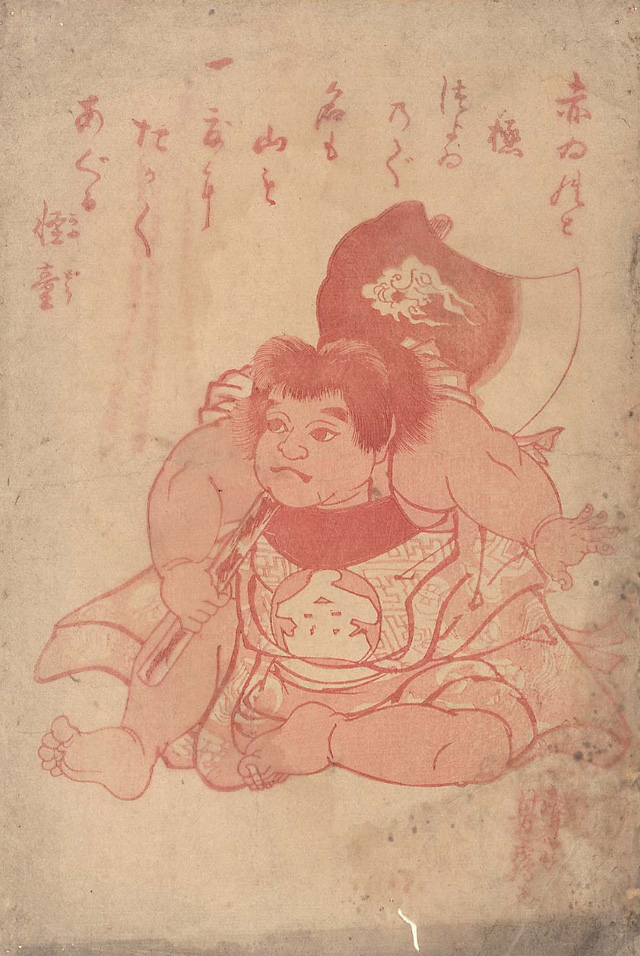
Hōsō-e talisman print to ward off smallpox -- Utagawa Yoshitsuru, c. 1849

Illustrated account of cholera prevention -- Taiso Yoshitoshi, 1877 [+]

Bodily functions personified as popular kabuki actors -- Artist unknown, late 19th century [+]
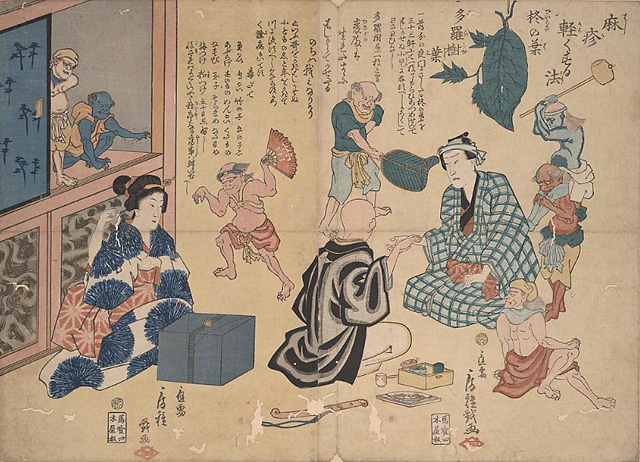
Methods for preventing measles -- Utagawa Fusatane, 1858 [+]

Defeating measles (personified as a child) -- Utagawa Yoshifuji, c. 1840
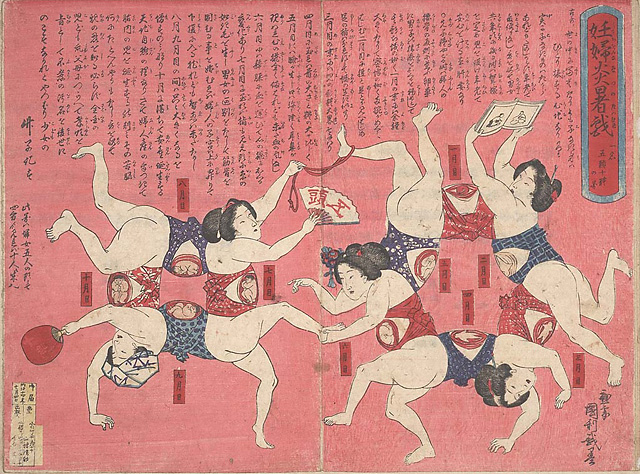
Pregnant women playing in summer heat (5 heads, 10 bodies) -- Utagawa Kunitoshi, 1881 [+]
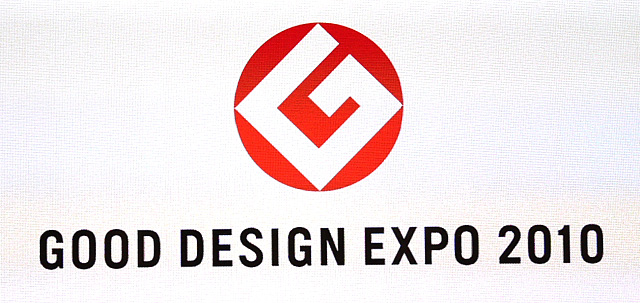
This year's Good Design Expo, which took place at Tokyo Big Sight over the weekend (Aug 27-29), showcased over 2,000 design-conscious items under consideration for the 2010 Good Design Award. Here are photos of a few items that were on display.
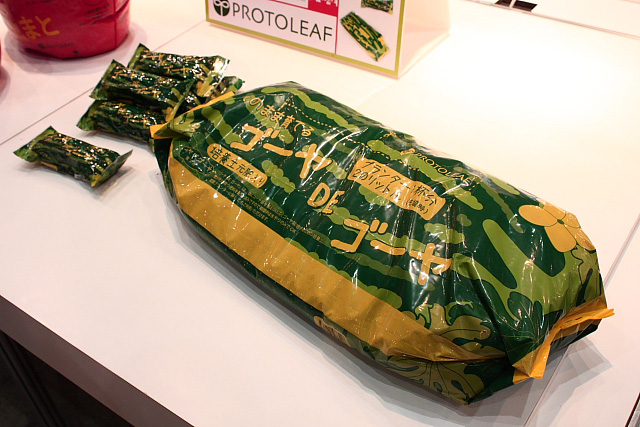
Goya de Goya: Goya (a.k.a. bitter melon) planter bag that resembles a giant goya (Protoleaf)
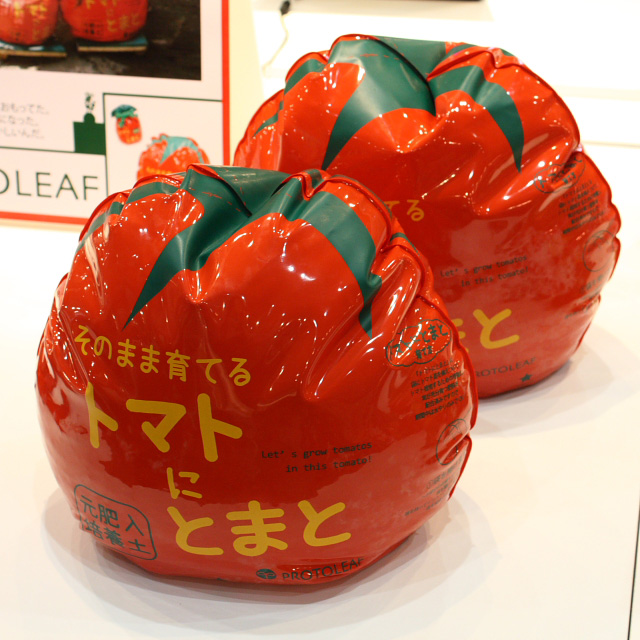
Tomato ni Tomato: Tomato planter bag that resembles a giant tomato (Protoleaf)

Sola Cube: Botanical materials encased in cubes of acrylic (Sola)
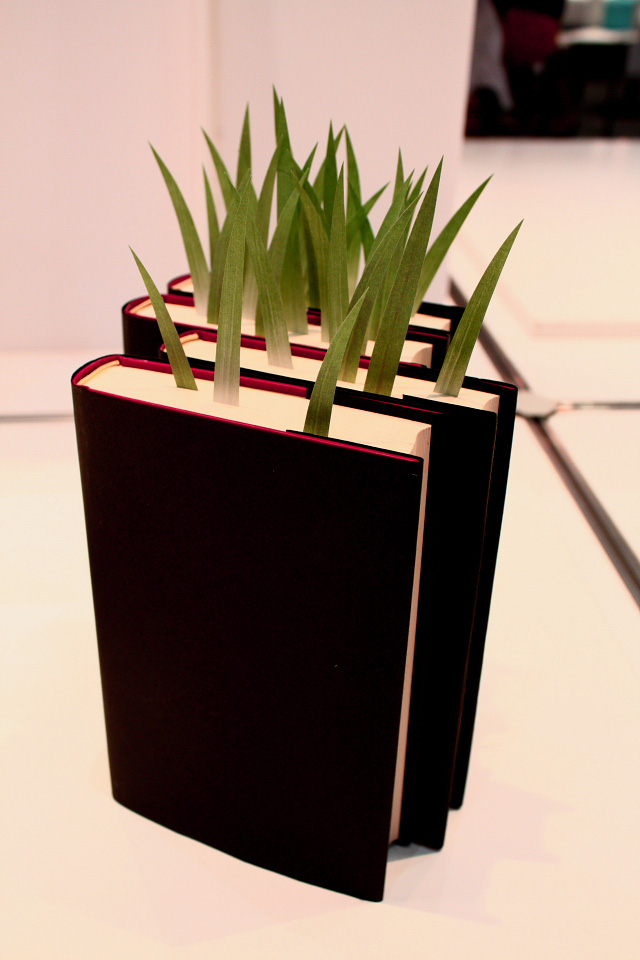
GreenMarker: Grassy page markers (yuruliku DESIGN)

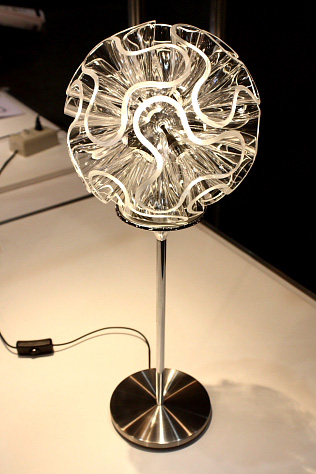
Nature LED bulb (Advanced-Connectek) // QLD-104 coral-inspired LED table lamp (Qisda)

X-Frame Folding Vehicle alters shape to suit driving style (Nagoya Institute of Technology)
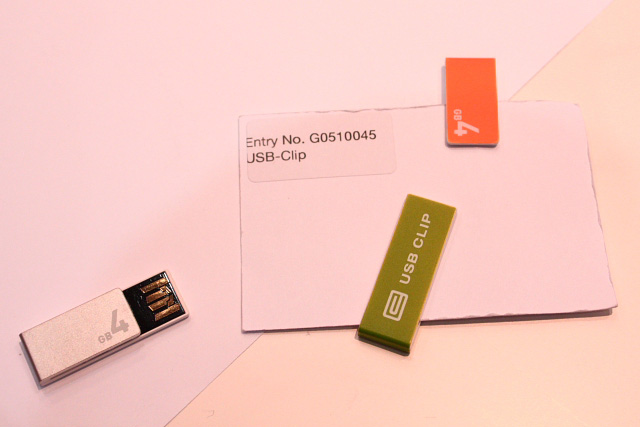
USB Clip: Tiny USB flash drive that doubles as paper clip (Emami Design)
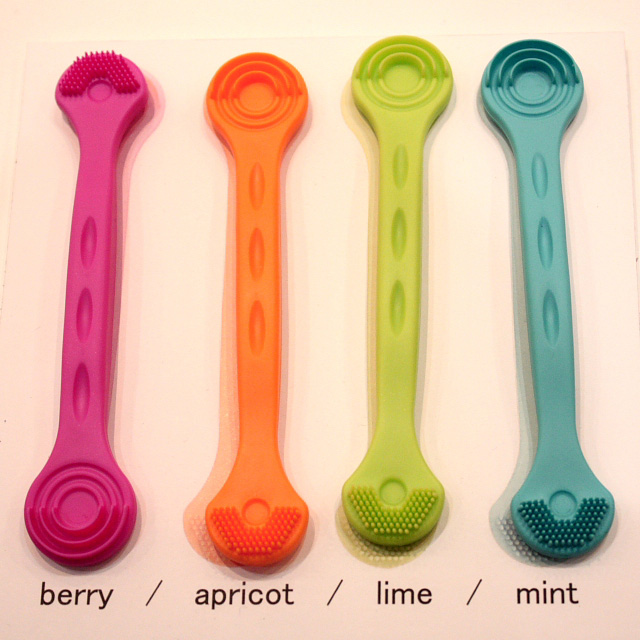
Tongue cleaners (Green Bell)
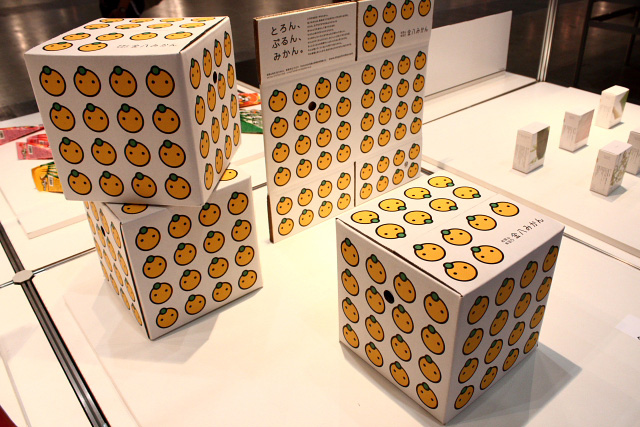
Kinpachi-Mikan mandarin orange boxes (Kadoya Keshouhin)
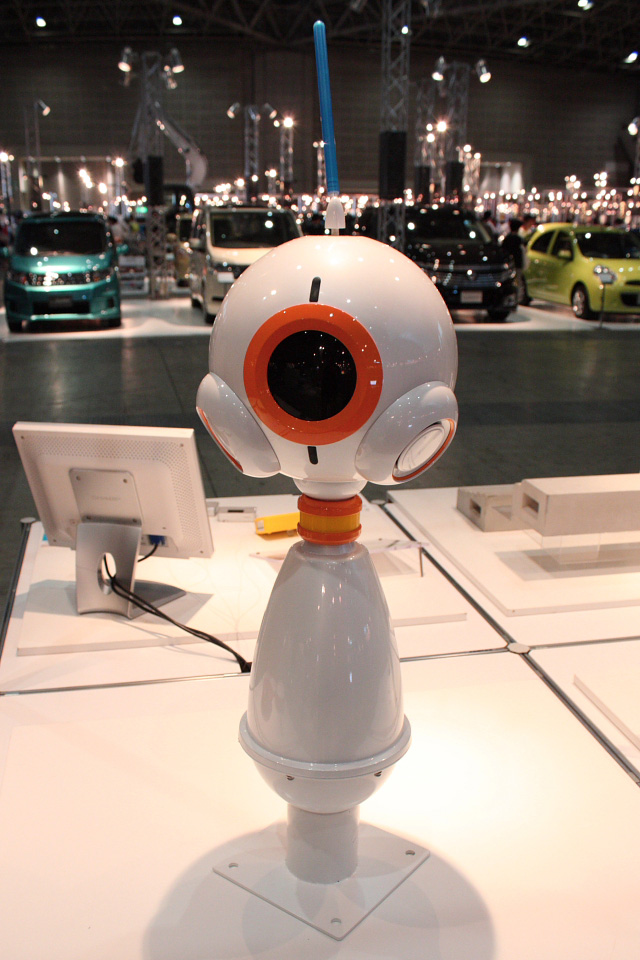
Centry outdoor security robot (Dongbu)
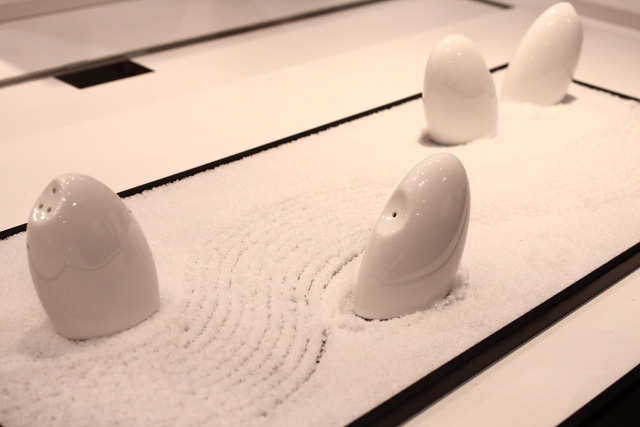
Pebble salt and pepper shaker set (Kyung Ran Choi)
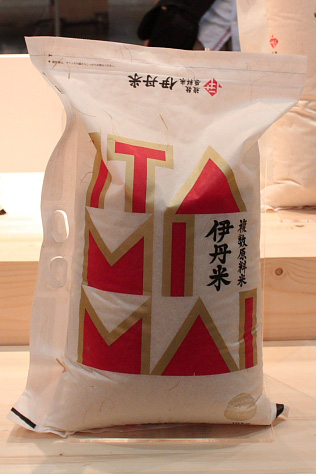
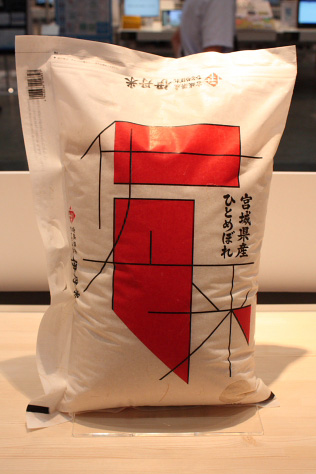
Itamimai rice bags (Itami Sangyo Co., Ltd.)
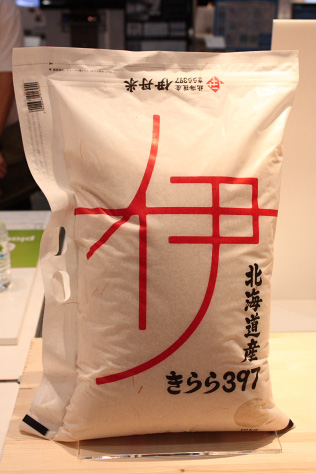
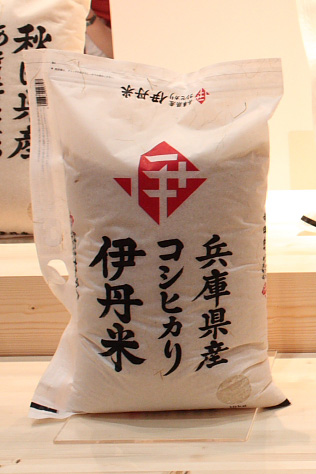
Itamimai rice bags (Itami Sangyo Co., Ltd.)
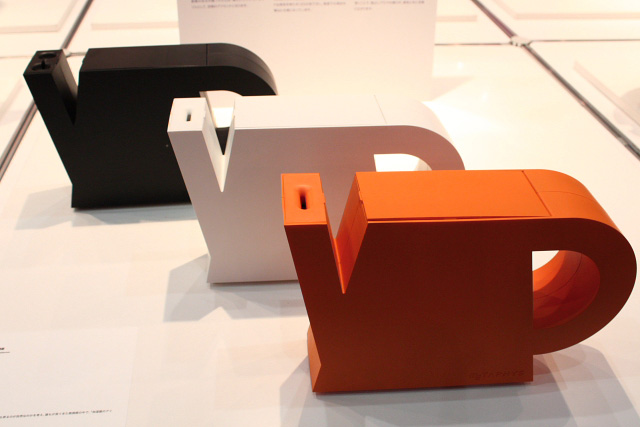
Metaphys Cortina humidifier (Gourmandise Inc.)

LOVE packing peanuts (minna + TooR Inc.)
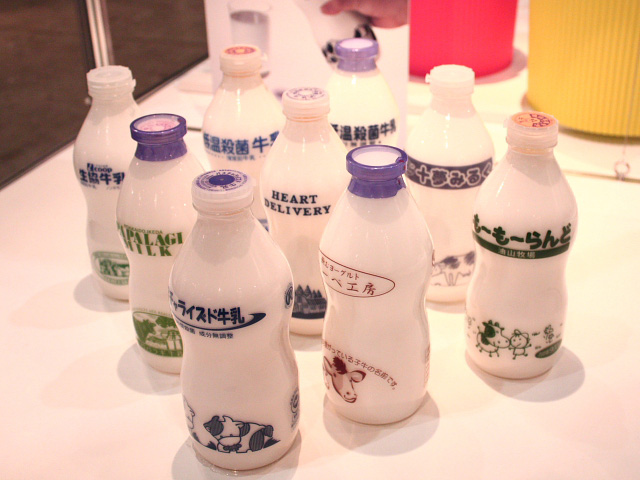
Lightweight milk bottles (Toyo Glass)
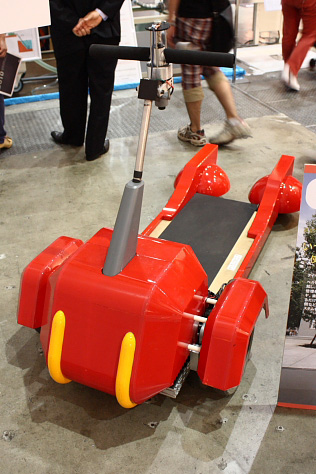
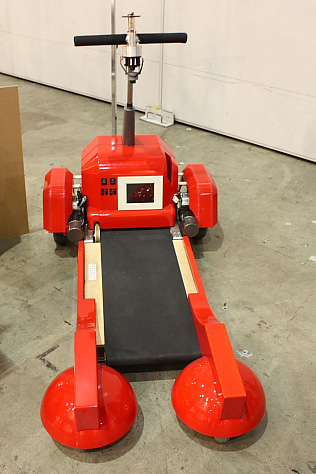
Tread-Walk: Treadmill-controlled personal mobility robot (Waseda University)
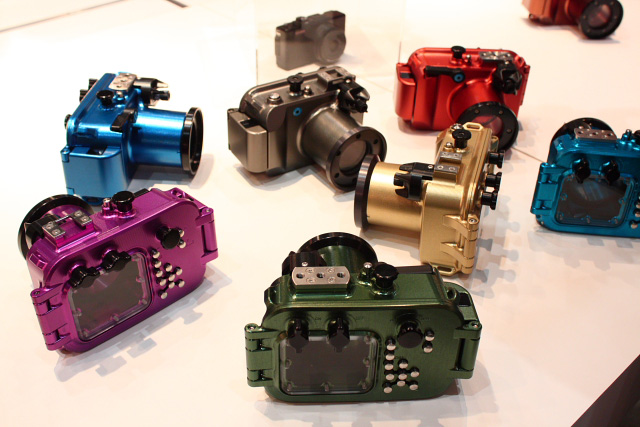
Underwater camera housing (Sigma)
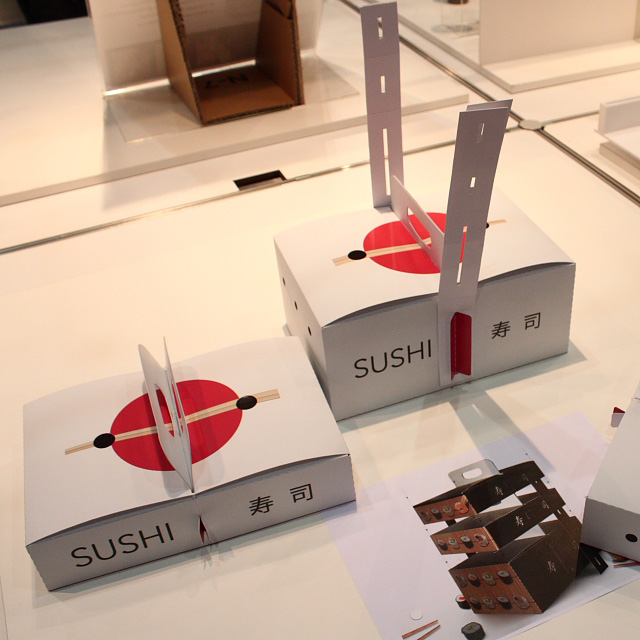
Cartoon Box: Trixi Box - Sushi (Grupo BdeB)
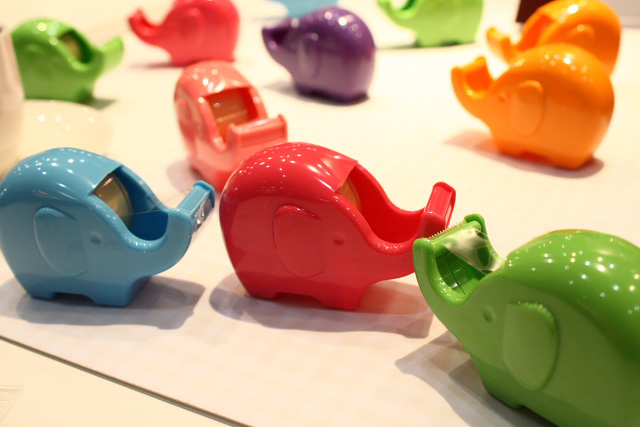
Zou-san cutter: Elephant-shaped tape dispenser (Nichiban)
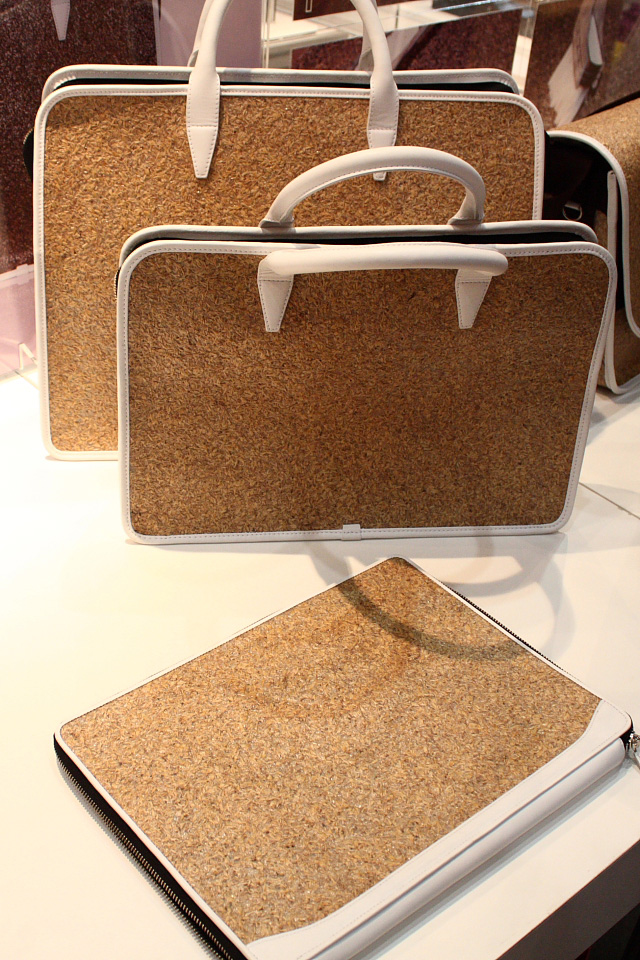
Bags made from recycled brewer malt waste (Kouhei Okamoto)
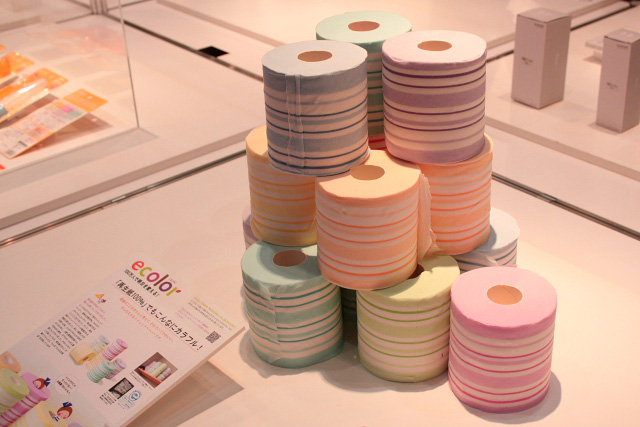
Rainbow-colored toilet paper made from 100% recycled paper (Felissimo)
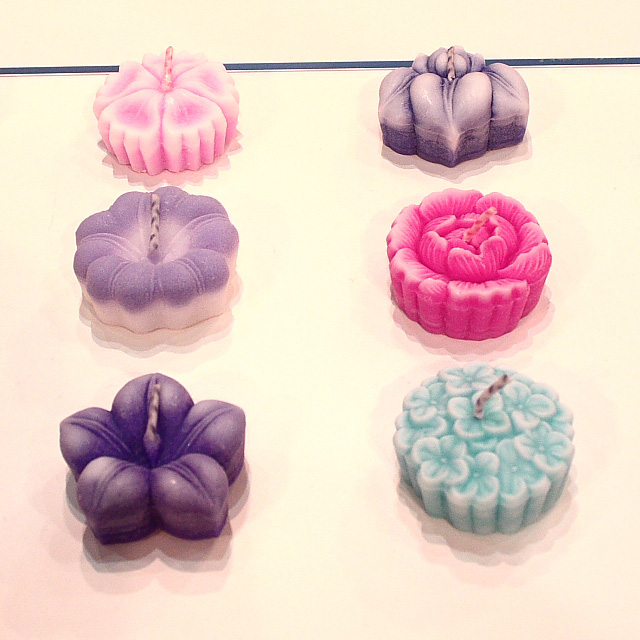
Candles modeled after traditional Japanese confectioneries (Pegasus Candle)
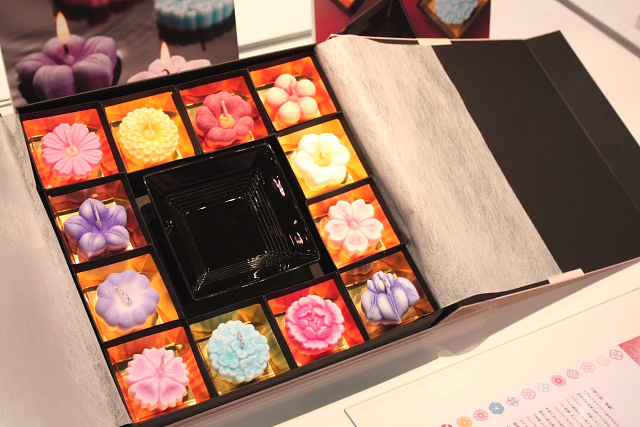
Candles modeled after traditional Japanese confectioneries (Pegasus Candle)
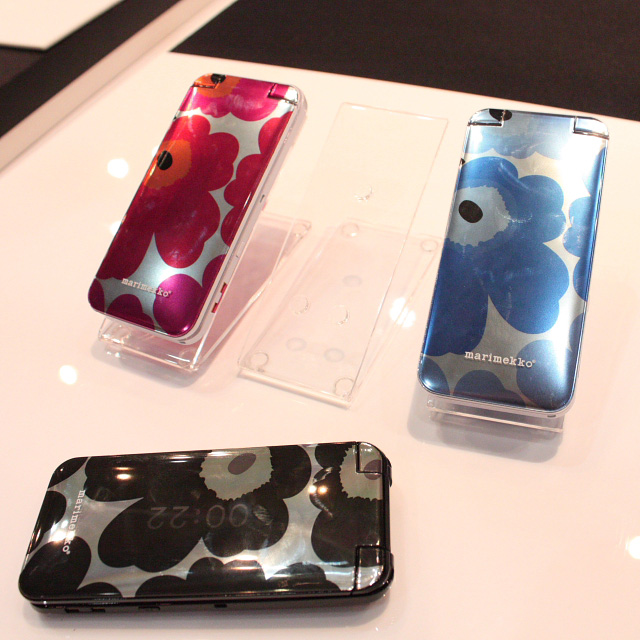
Docomo SH-02B Marimekko mobile phone (Sharp, NTT)
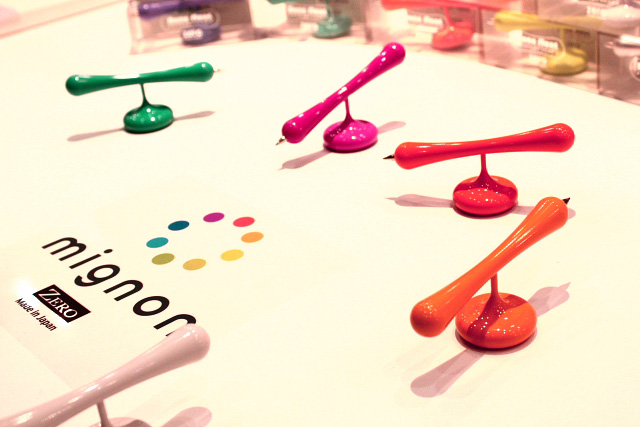
Bone Float: Bone-shaped pens that balance/rotate on stand (Zero Seiko)
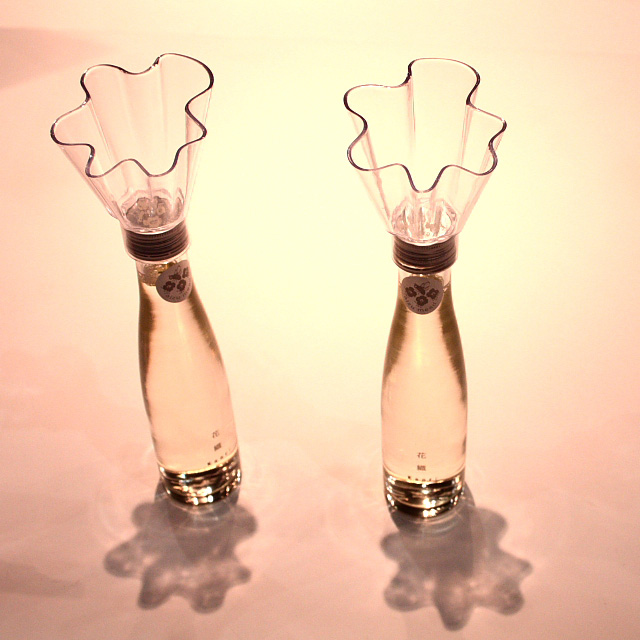
Kaori honey wine (Minenoyuki Ltd. + Miyagi University)
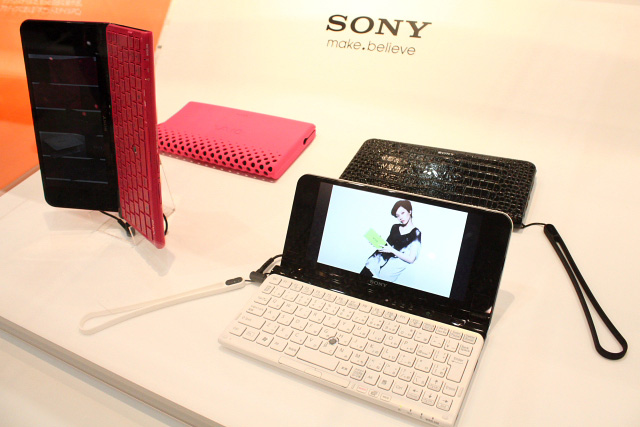
Sony Vaio
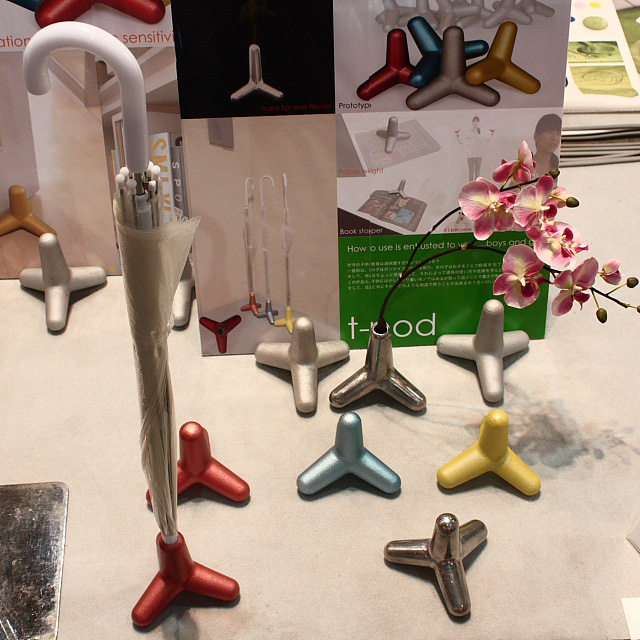
t-pod
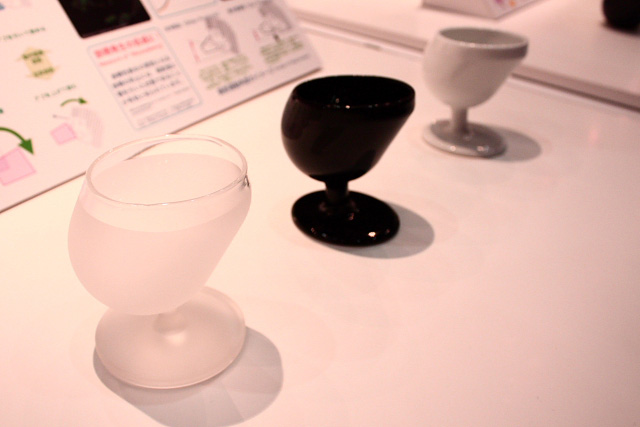
Angled drinking glass to minimize neck movement
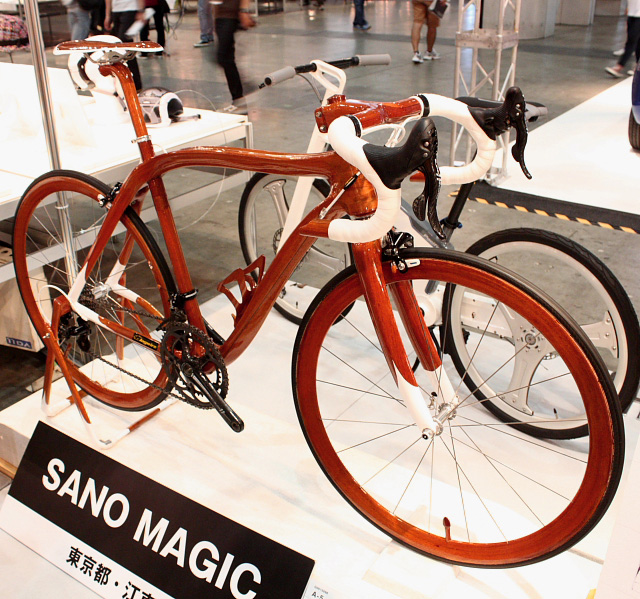
Wooden bicycle (Sano Magic)
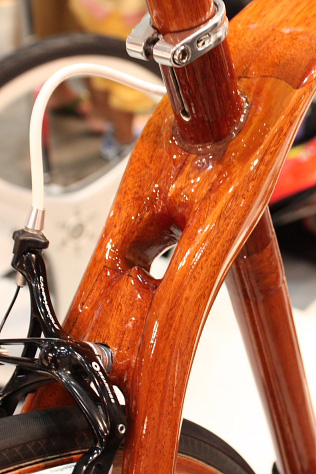
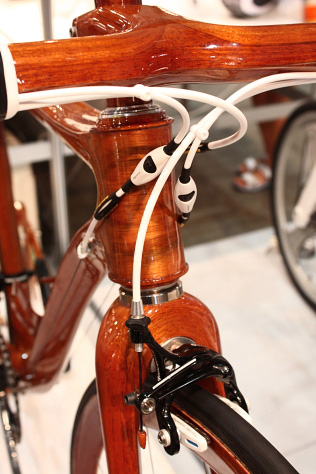
Wooden bicycle (Sano Magic)
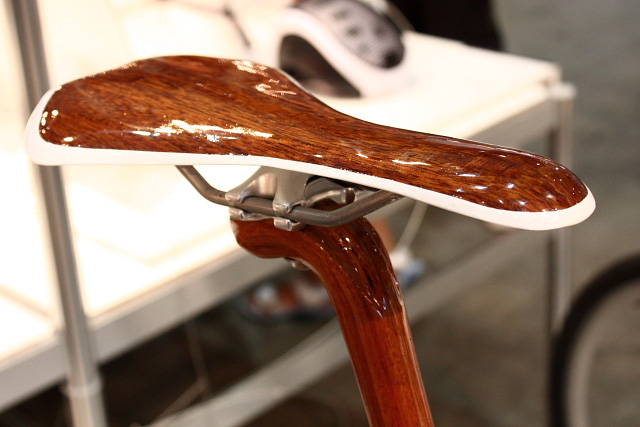
Wooden bicycle (Sano Magic)

Art Setouchi publicity fans
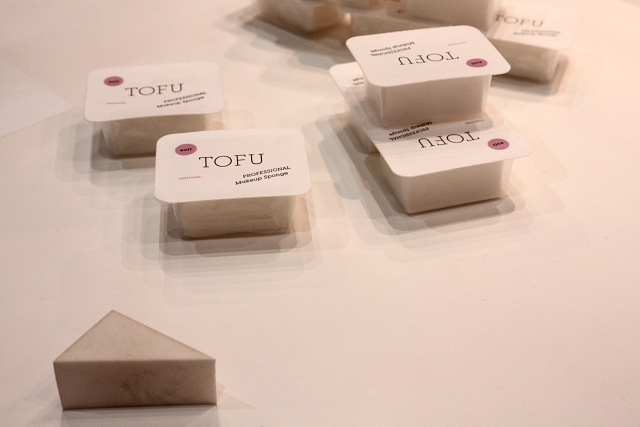
TOFU DX professional makeup sponge (CrossMarket Inc.)
Here are a few manner posters that appeared in the Tokyo subways between 1976 and 1982.
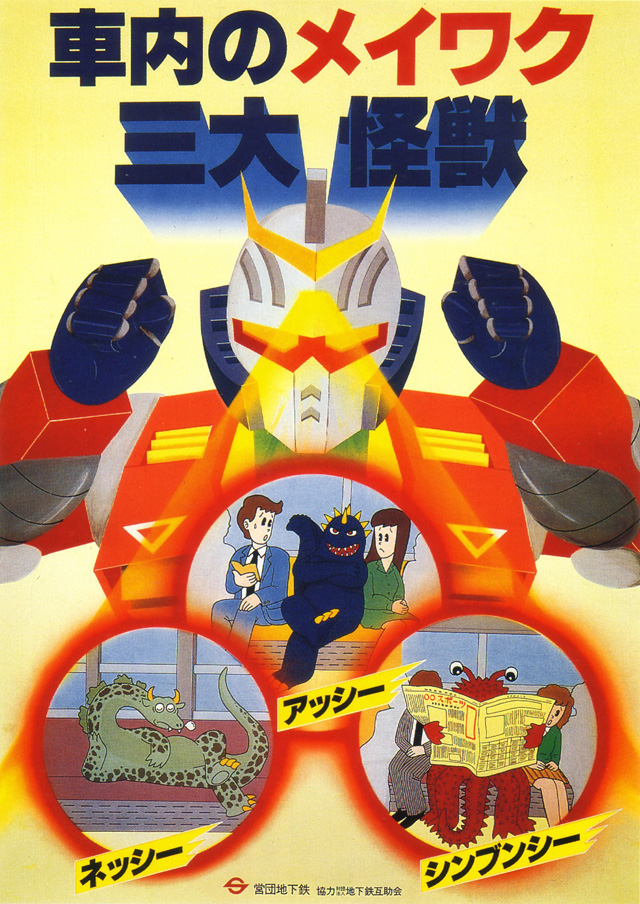
Three annoying train monsters (October 1982)
The three annoying train monsters shown in the poster are Nesshii (the sleeping monster), Asshii (the leg-crossing monster), and Shinbunshii (the newspaper-reading monster).
* * * * *
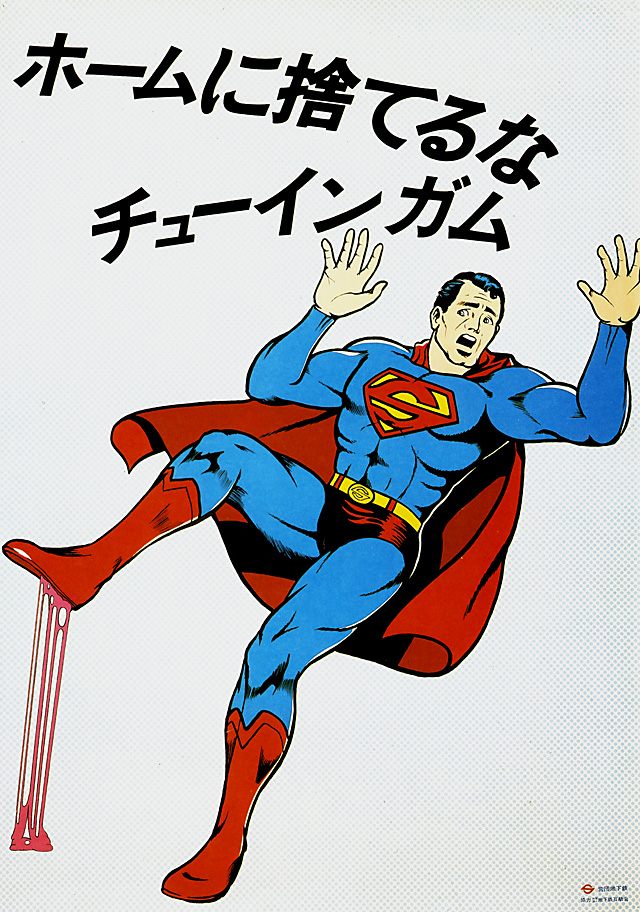
Don't throw chewing gum on the platform (September 1976)
Even Superman is no match for chewing gum discarded on the train platform.
* * * * *

The Seat Monopolizer (July 1976)
Inspired by Charlie Chaplin's "The Great Dictator," this poster encourages passengers not to take up more seat space than necessary.
* * * * *
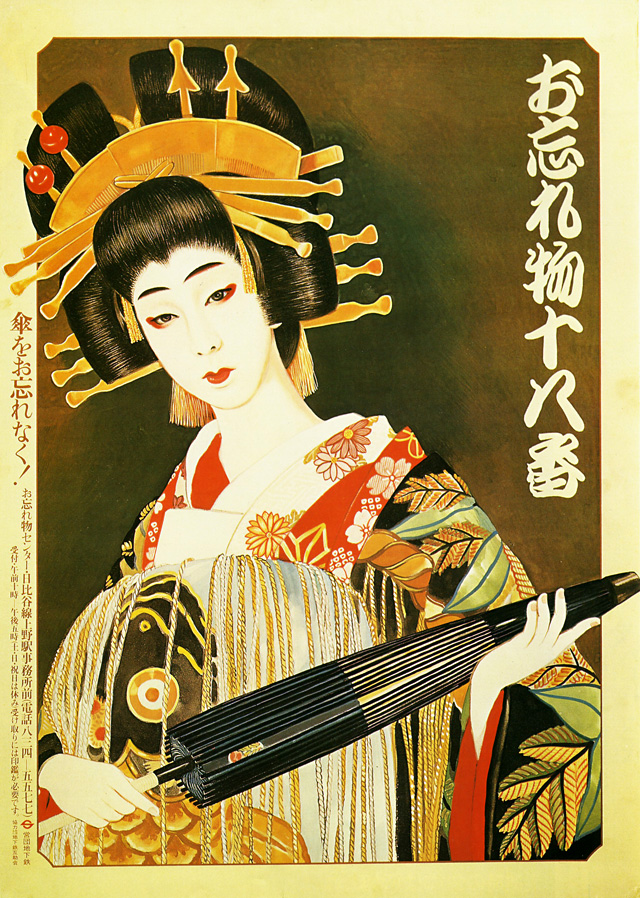
Don't forget your umbrella (June 1977)
This poster of the high-class courtesan Agemaki (from the kabuki play "Sukeroku"), whose captivating beauty was said to make men forgetful, is meant to remind passengers to take their umbrellas when they leave the train.
* * * * *
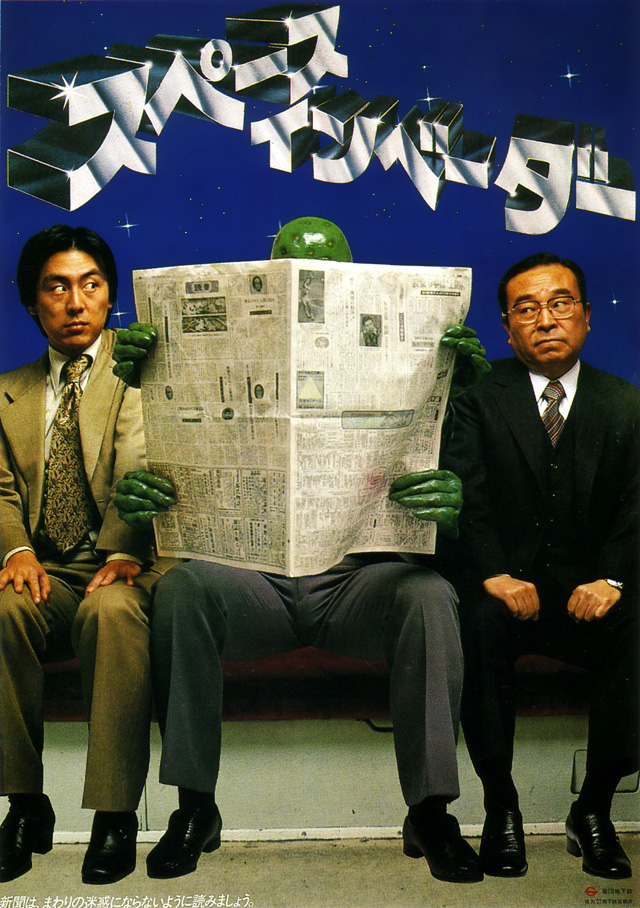
Space Invader (March 1979)
This 1979 poster pays tribute to the extremely popular Space Invaders video arcade game and encourages passengers to read their newspapers without invading the space of other passengers.
* * * * *
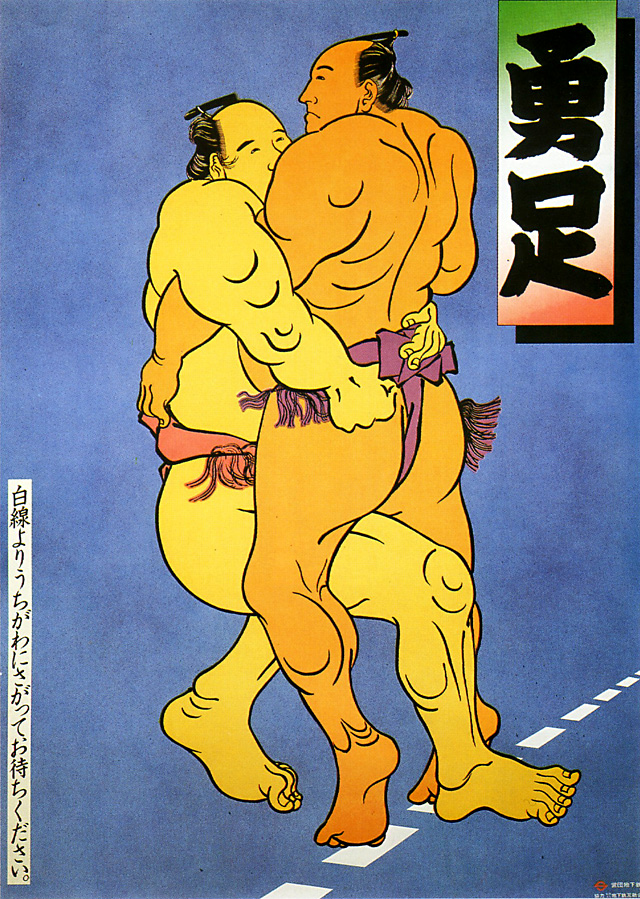
Isami-ashi: Wait behind the white line (May 1979)
The image of sumo wrestlers locked in combat serves as a reminder for passengers to stand safely behind the white line when waiting for the train.
* * * * *
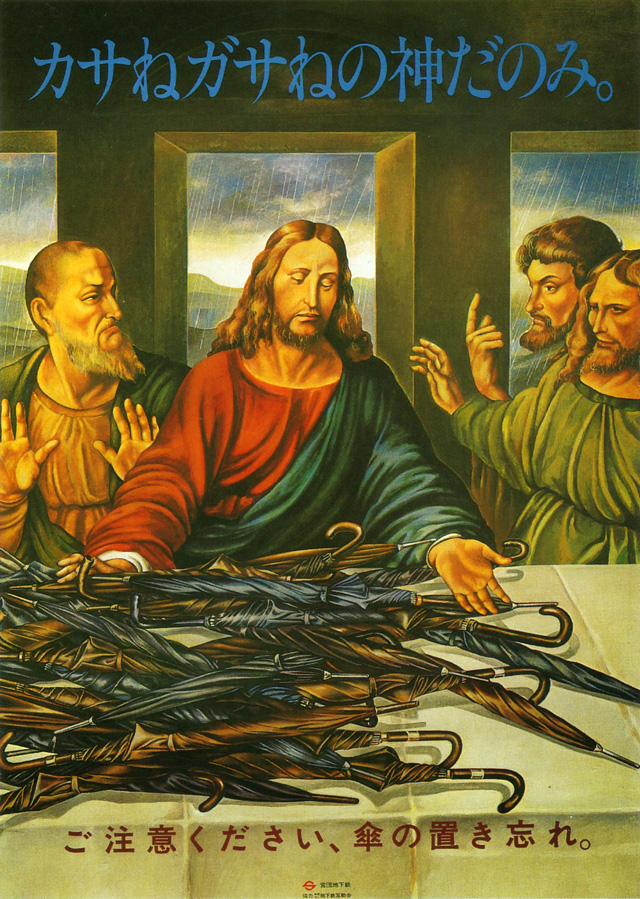
Don't forget your umbrella (October 1981)
The text at the top of this poster -- which shows Jesus overwhelmed with umbrellas at the Last Supper -- reads "Kasane-gasane no kami-danomi" (lit. "Wishing to God again and again"). The poster makes a play on the words "kasa" (umbrella) and "kasane-gasane" (again and again).
* * * * *
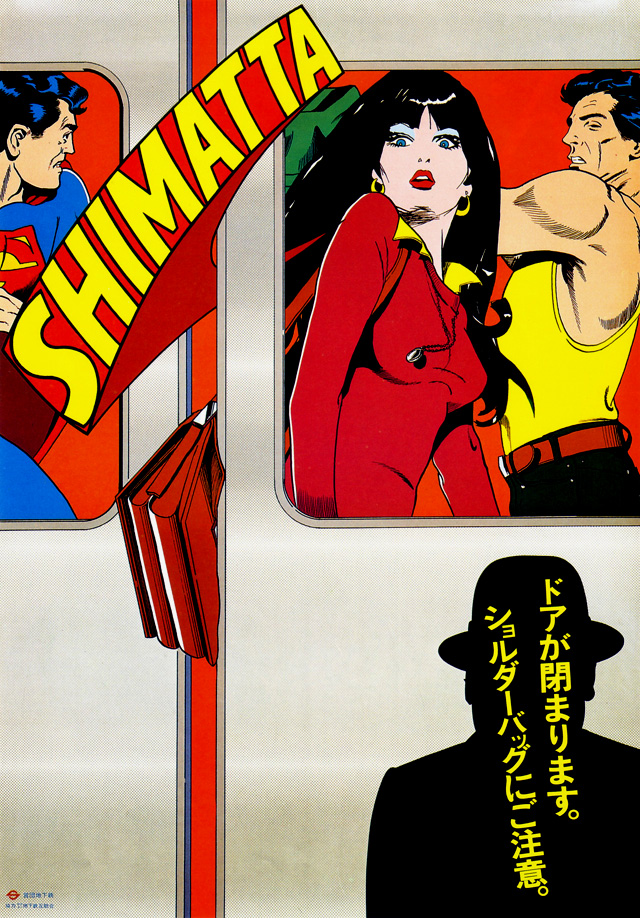
Shimatta (March 1977)
This poster warns passengers against getting their shoulder bags caught in the train doors.
* * * * *
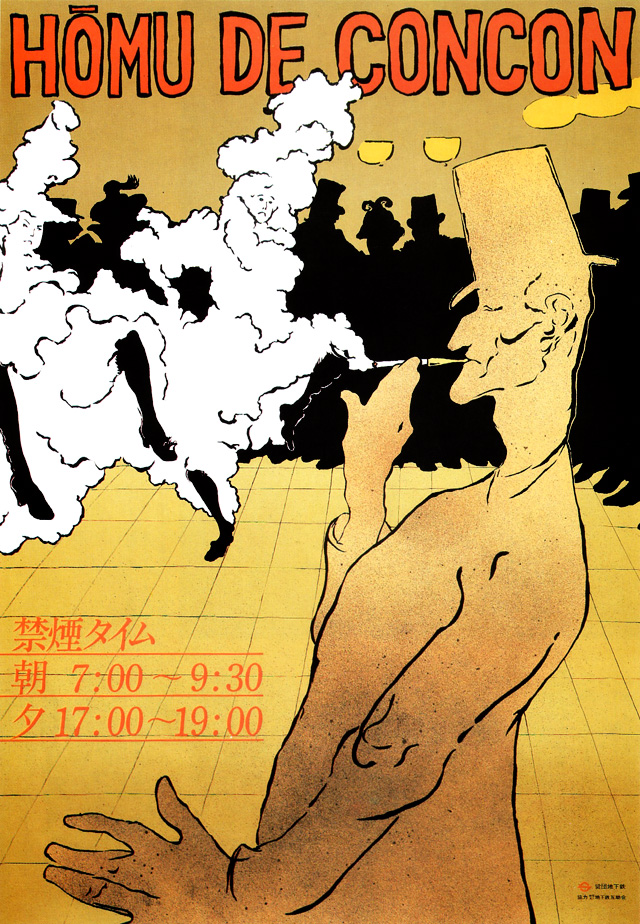
Coughing on the platform (January 1979)
Modeled after the paintings of Henri de Toulouse-Lautrec, this poster -- titled "Hōmu de Concon" (coughing on the platform) -- urges people not to smoke on the train platforms during the designated non-smoking hours (7:00-9:30 AM and 5:00-7:00 PM). The poster makes a play on the words "concon" (coughing sound) and "cancan" (French chorus line dance).
* * * * *
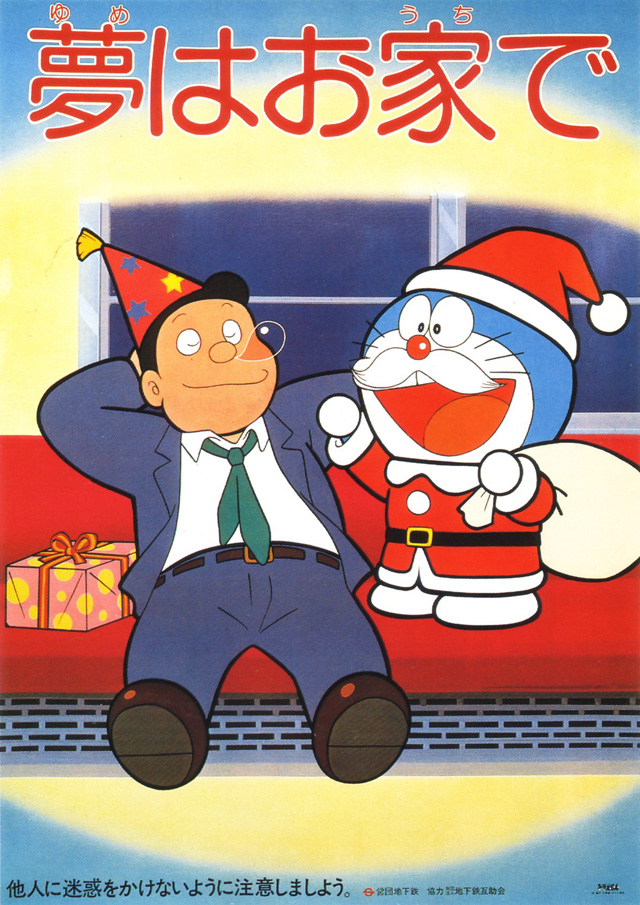
Dream at home (December 1981)
This poster, which features Doraemon dressed as Santa, encourages Christmas and end-of-year drunks not to pass out on the train.
* * * * *
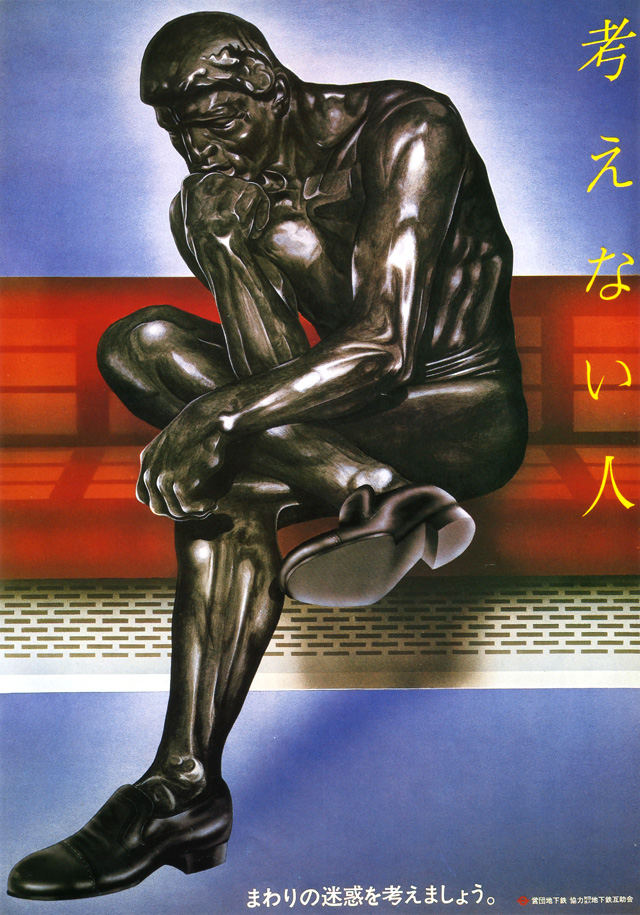
The Non-Thinker (May 1981)
The image of a cross-legged version of Auguste Rodin's "The Thinker" aims to encourage passengers to sit in a way that is considerate of other passengers.
* * * * *
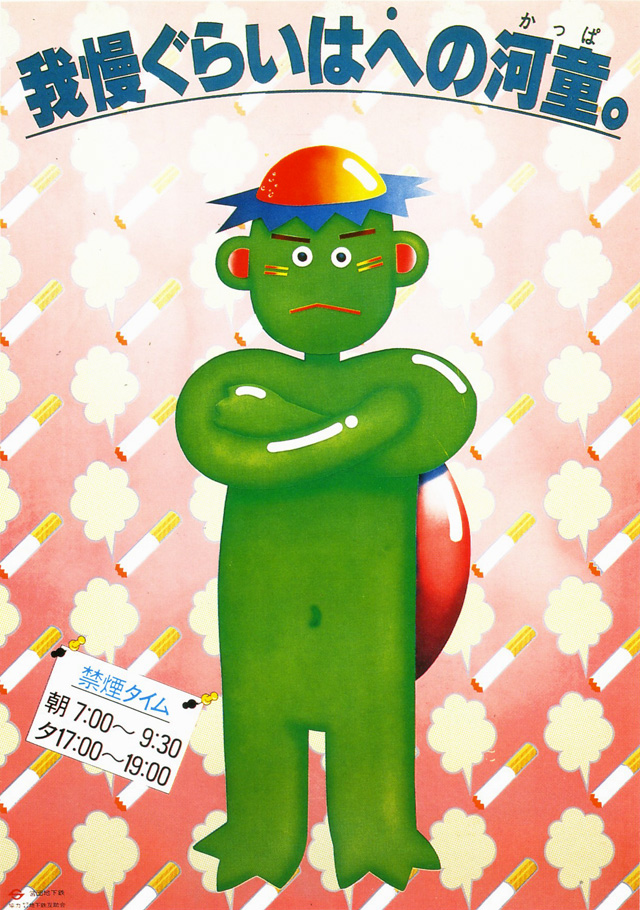
Kappa, (August 1979)
The image of a kappa (river imp) against a backdrop of lit cigarettes serves as a reminder not to smoke on the platform during the designated non-smoking hours (7:00-9:30 AM and 5:00-7:00 PM). The text at the top of the poster reads "Gaman gurai wa he no kappa," which translates loosely as "waiting is no big deal."
* * * * *
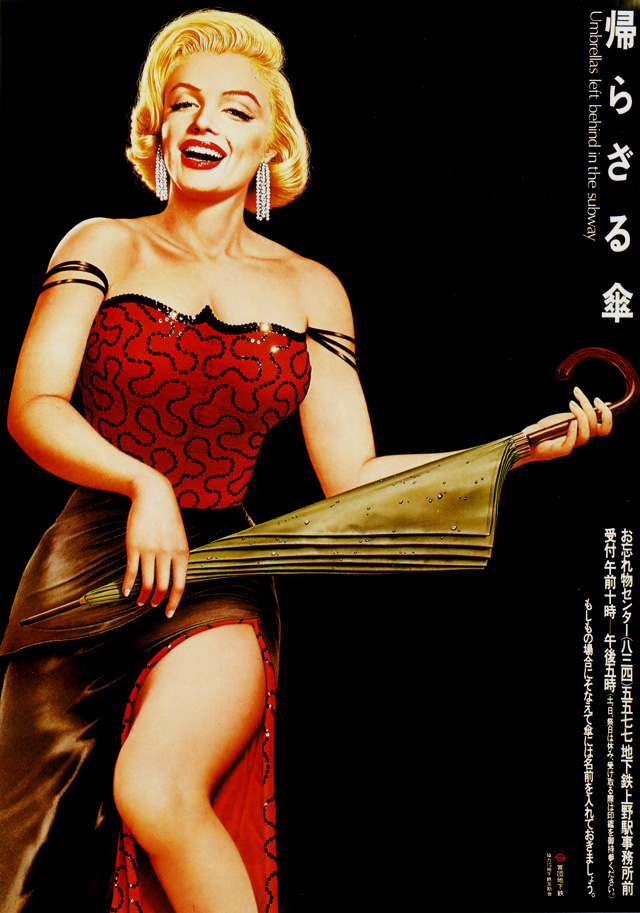
Umbrellas left behind in the subway (June 1976)
This Marilyn Monroe poster aims to remind passengers to take their umbrellas with them when they leave the train. The text in the top right corner -- "Kaerazaru kasa" (umbrella of no return) -- is a play on "Kaerazaru Kawa," the Japanese title for "River of No Return," the 1954 movie starring Monroe.
* * * * *
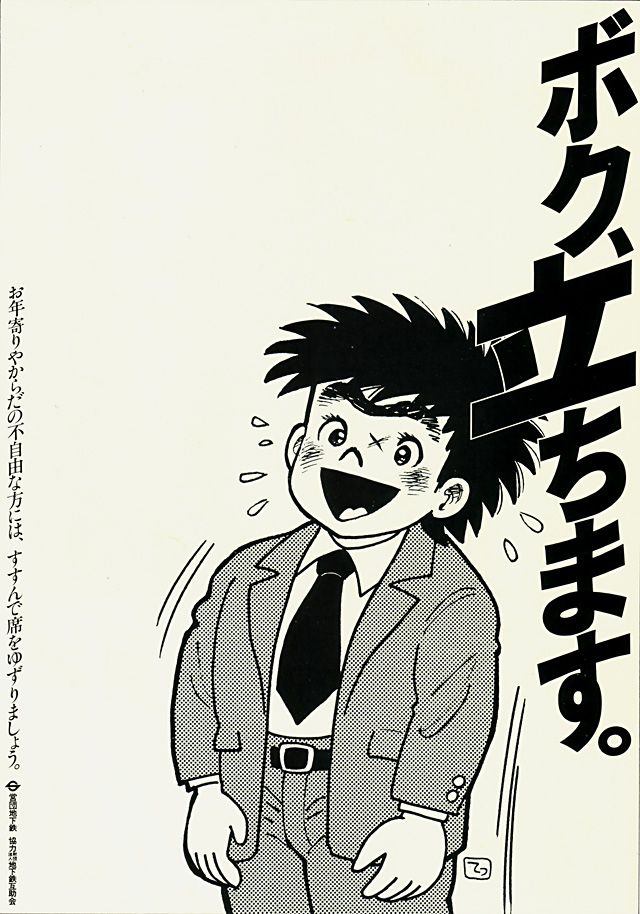
I'll stand up (July 1979)
Uesugi Teppei, a character from the popular manga "Ore wa Teppei," offers to give up his seat to the elderly and infirm.
* * * * *
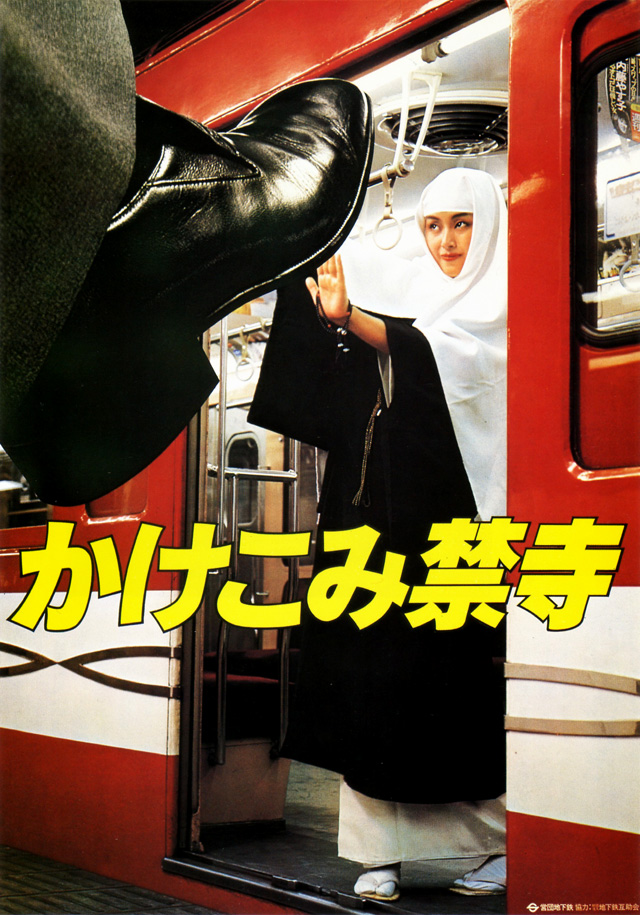
Do not rush onto the train (April 1979)
This poster advises passengers not to rush onto the train at the last moment. The text (かけこみ禁寺) is a play on the words かけこみ禁止 (kakekomi kinshi - "don't rush onto the train") and かけこみ寺 (Kakekomi-dera - Kakekomi temple), which has long been known as a sanctuary for married women fleeing their husbands.
* * * * *

Clearly show your train pass (September 1978)
The image of Napoleon holding a partially concealed train pass is meant to remind passengers to clearly show their train passes to the station attendant when passing through the gates. The dictionary page in the background appears to be a reference to Napoleon's famous quote, "The word 'impossible' is not in my dictionary."
* * * * *
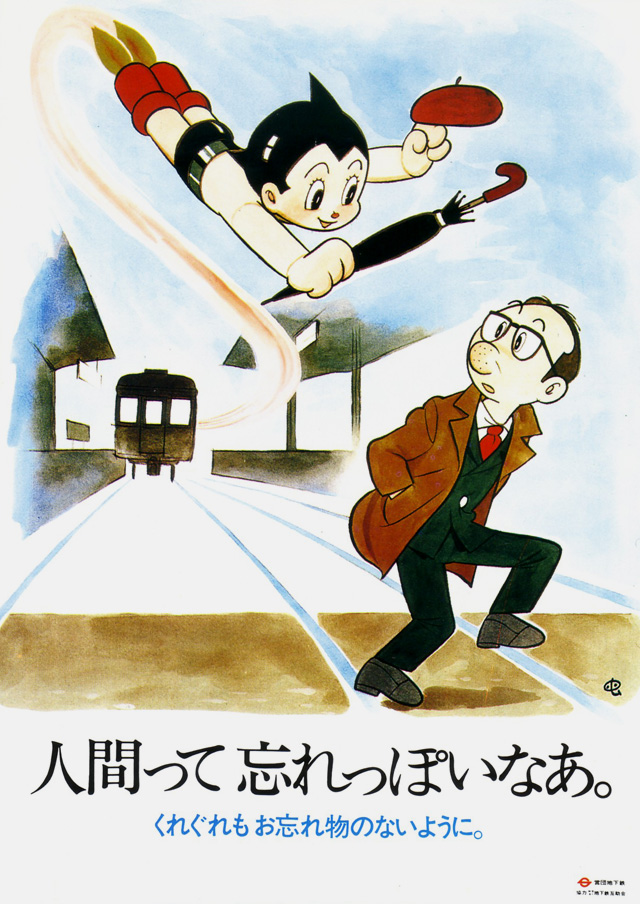
Humans are forgetful (February 1976)
This poster, which reminds passengers to take their belongings when they leave the train, shows Astro Boy returning a forgotten hat and umbrella to his creator, Osamu Tezuka.
* * * * *
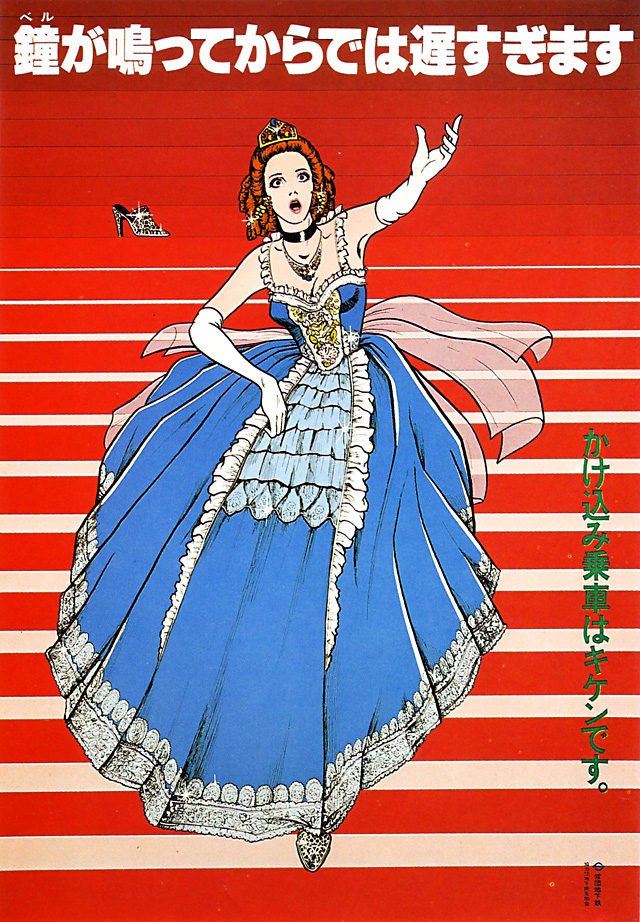
When the bell chimes, it's too late (April 1977)
This poster, which depicts Cinderella rushing from the ball at the stroke of midnight, is meant to warn passengers against the danger of trying to rush into the train after the departure chime sounds.
* * * * *
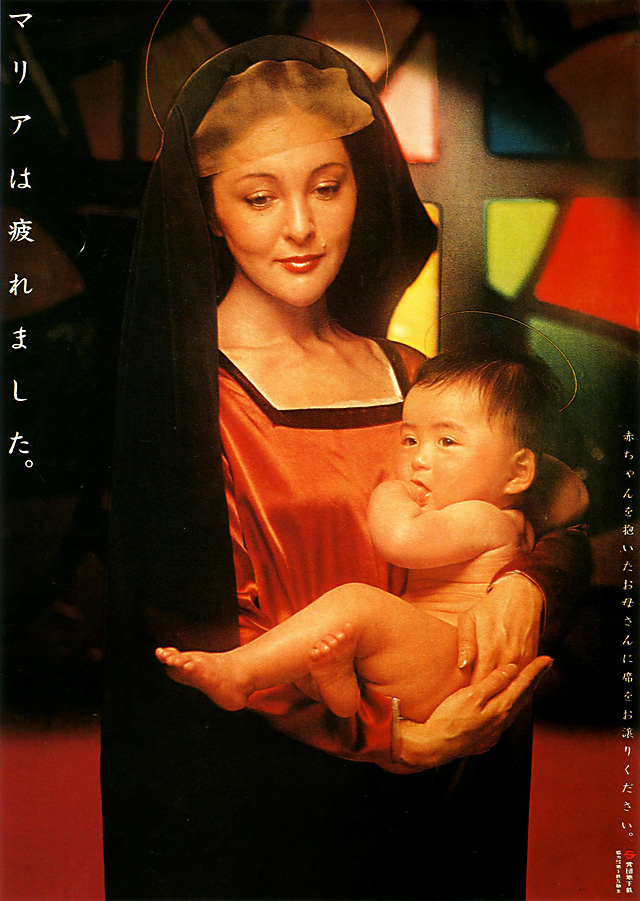
Mary is tired (December 1977)
The image of Mary carrying baby Jesus aims to encourage passengers to give up their seats to mothers with small children.
* * * * *
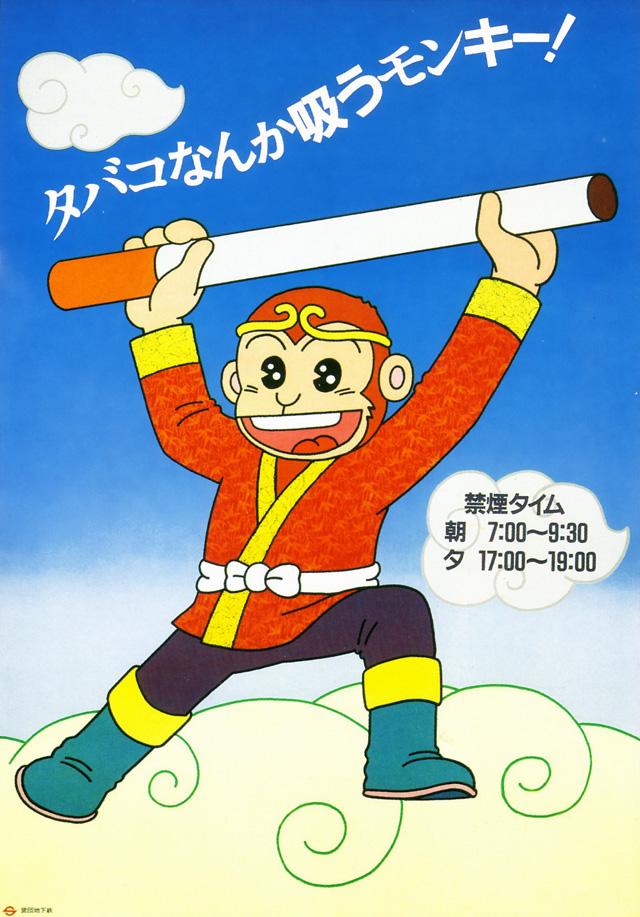
No smoking during non-smoking hours (October 1980)
The "Journey to the West" monkey urges passengers not to smoke on the platform during the designated non-smoking hours (7:00-9:30 AM and 5:00-7:00 PM).
* * * * *
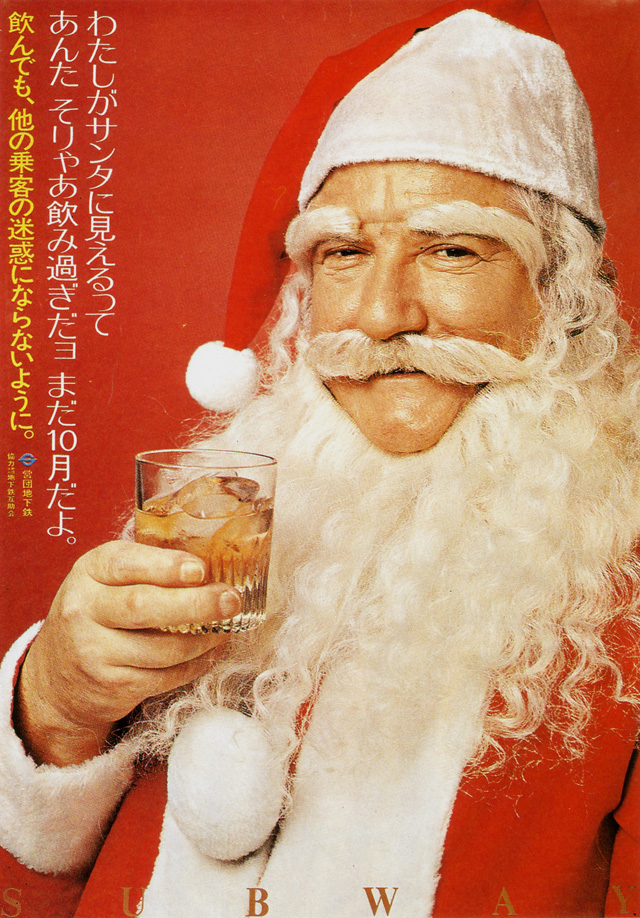
You've had too much to drink (October 1976)
This October 1976 poster of a drinking Santa is addressed to the drunks on the train. The text, loosely translated, reads: "I look like Santa because you've had too much to drink. It's only October. If you drink, be considerate of the other passengers."
* * * * *
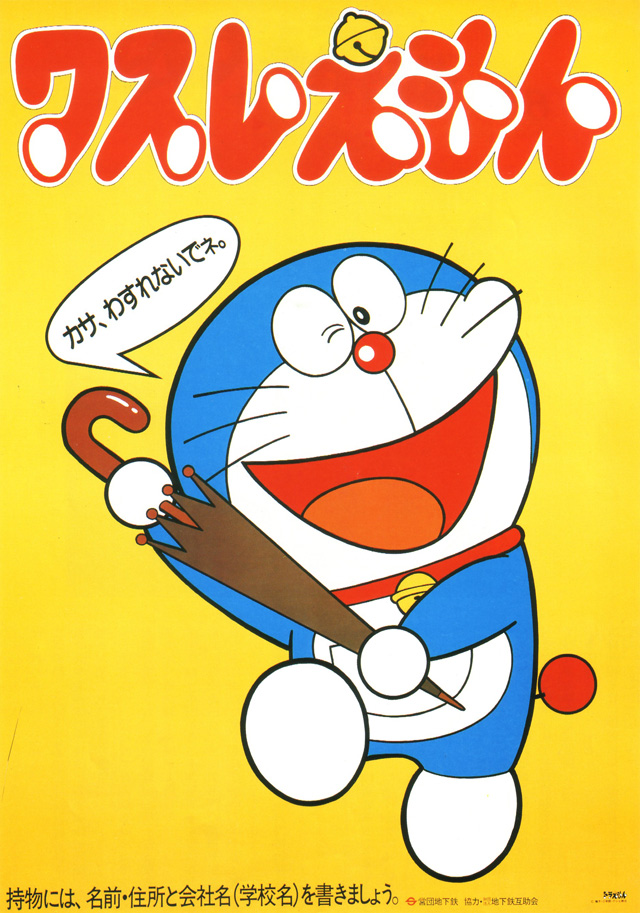
Wasureemon (June 1980)
Doraemon offers a friendly reminder not to forget your umbrella. The text at the bottom is a suggestion to write your name, address and company name (or school name) on your possessions.
* * * * *
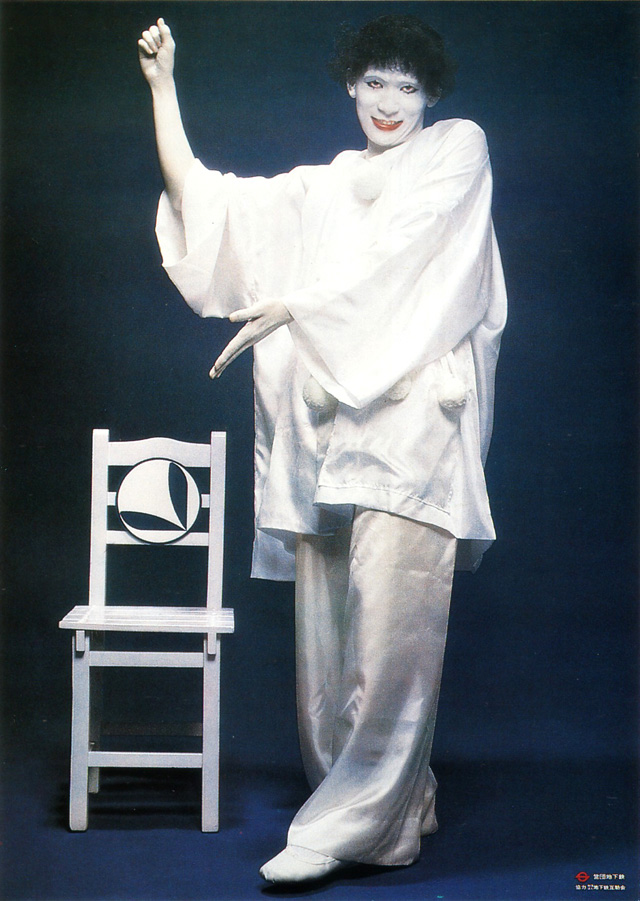
Marcel Marceau (October 1978)
Marcel Marceau gestures toward a priority seat reserved for elderly and handicapped passengers, expecting mothers, and passengers accompanying small children.
* * * * *
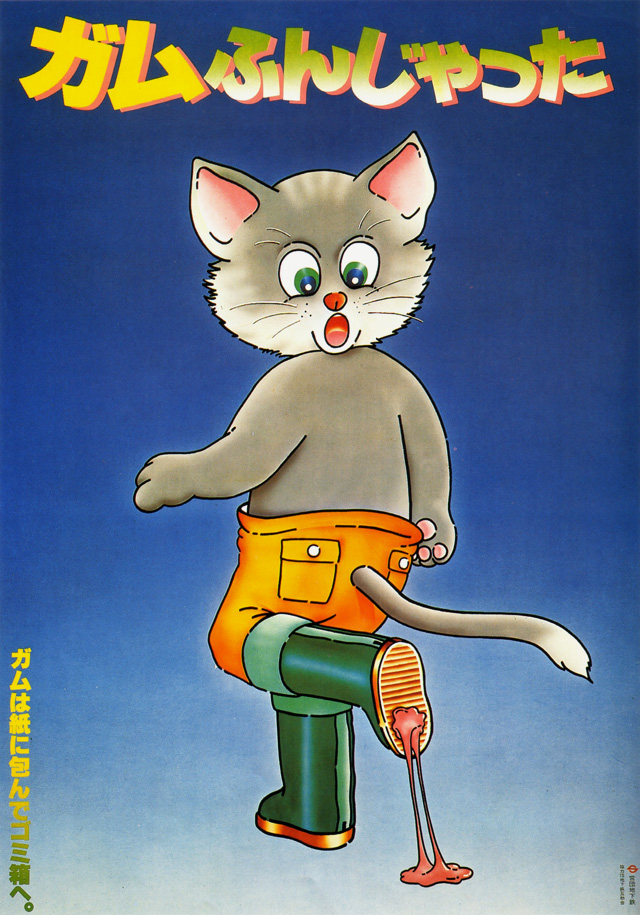
I stepped in gum (March 1980)
The image of a cat stepping in gum is a playful twist on the popular children's song "Neko Funjatta" ("I Stepped on a Cat").
* * * * *

Clearly show your train pass (September 1976)
This poster is a reminder for passengers to clearly show their train passes to the station attendant, even when they fly like Superman through the ticket gates.
* * * * *
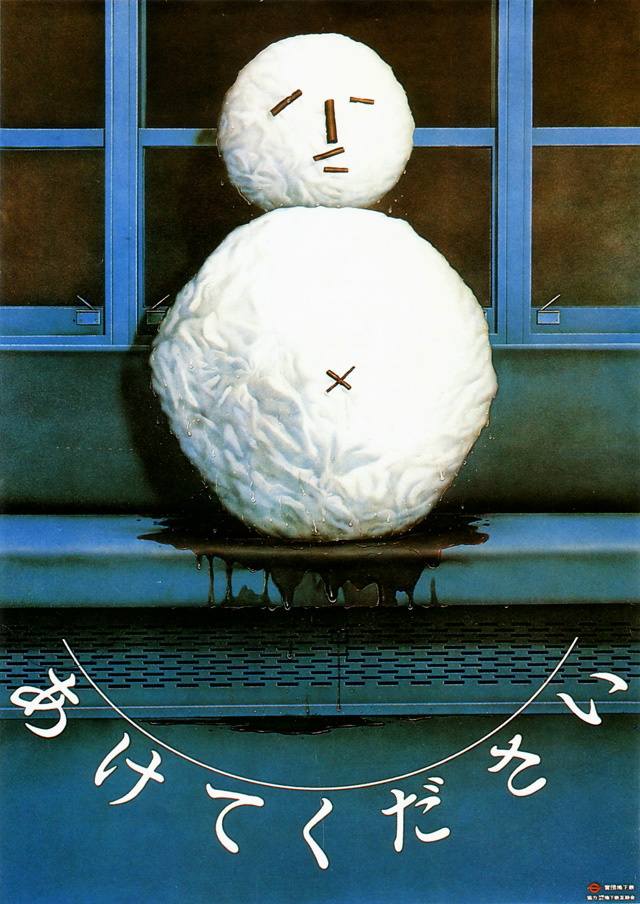
Please open it (July 1977)
This poster of a melting snowman aims to encourage passengers seated near a window to let cool air in when it is hot inside.
* * * * *
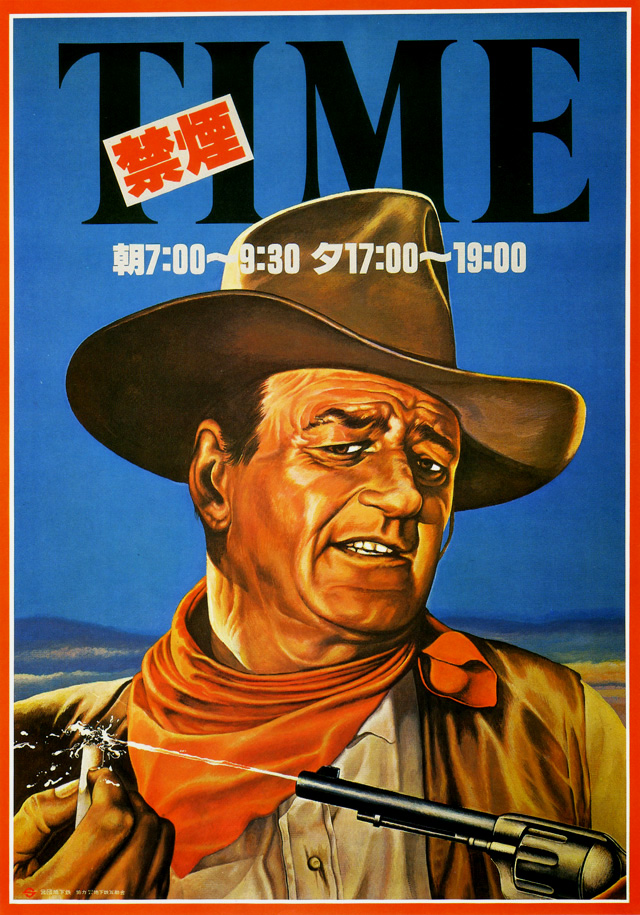
Non-smoking Time (November 1982)
The image of John Wayne on a mock cover of Time magazine serves as a reminder not to smoke on the platform during non-smoking hours (7:00-9:30 AM and 5:00-7:00 PM).
* * * * *
[Source: Manner Poster 100, published by Teito Rapid Transit Authority, 1983]
Here is a collection of 99 cute characters summoned from the depths of the Japanese Figure Trademark Database. These friendly critters appear in a variety of settings ranging from company logos and promotional materials to product packaging and advertising.
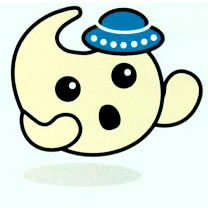
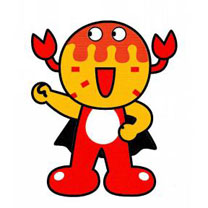
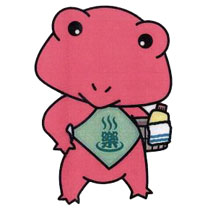
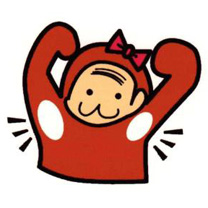
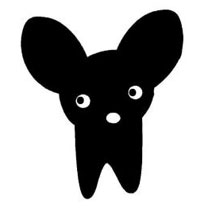
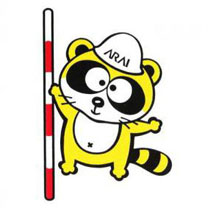
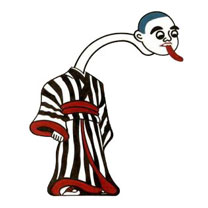
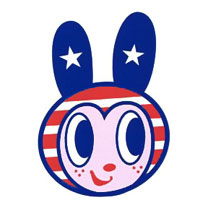
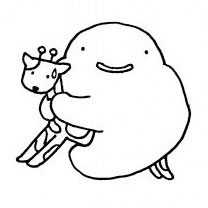
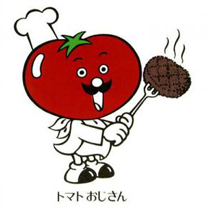

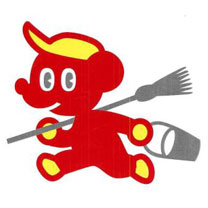
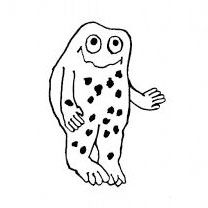
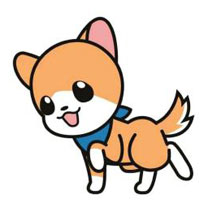

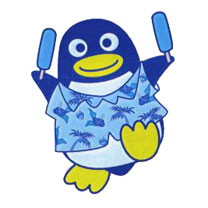
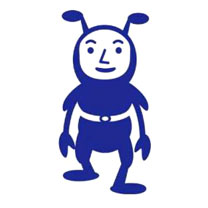
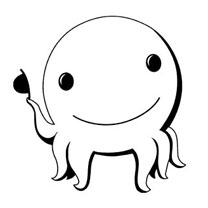
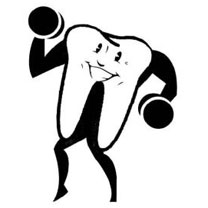
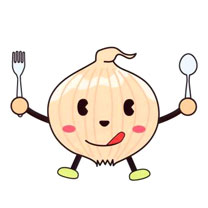
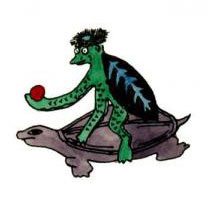
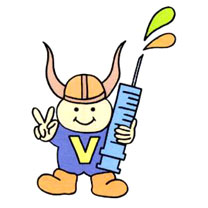
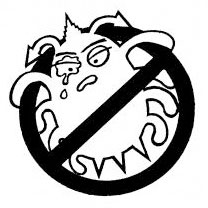
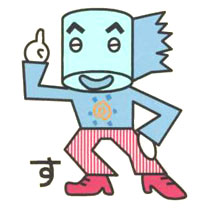
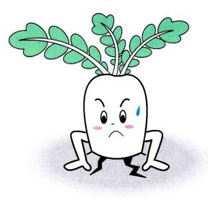

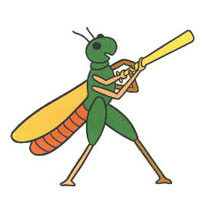
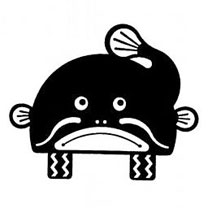
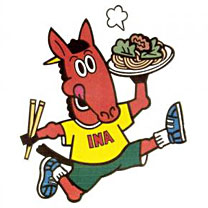
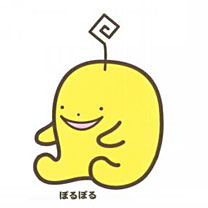
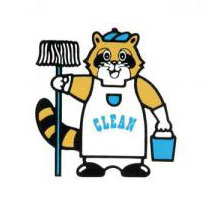
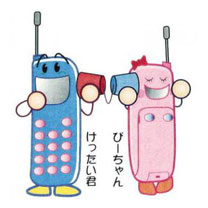
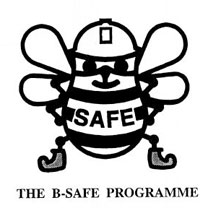

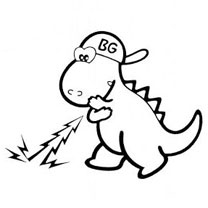
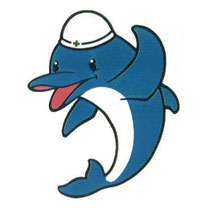
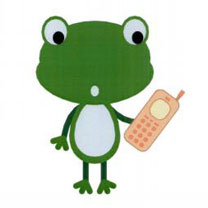


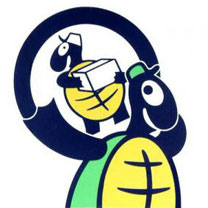
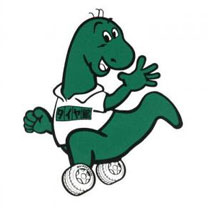
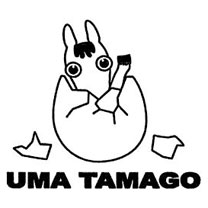
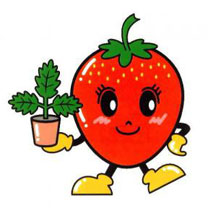

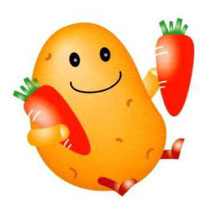
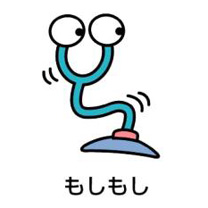

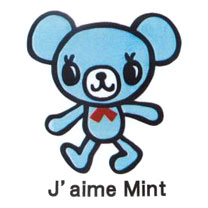
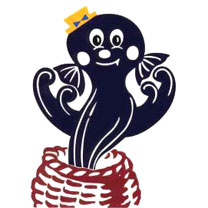
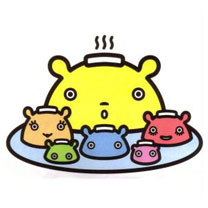
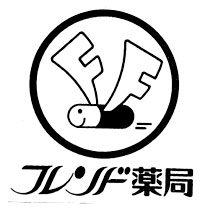
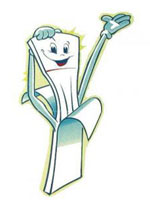
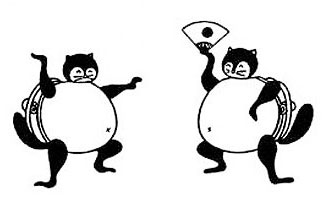

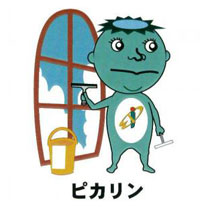
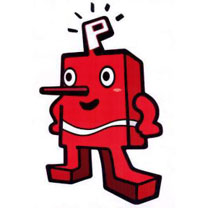
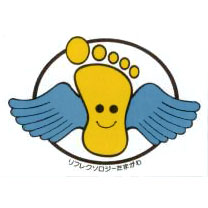
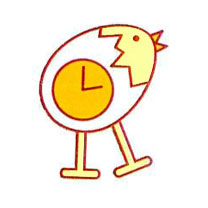
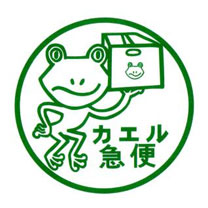
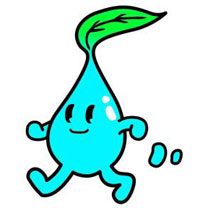
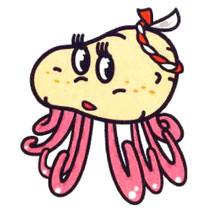
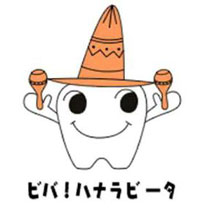
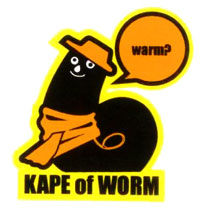

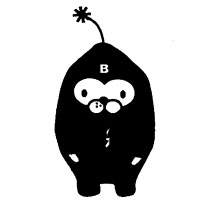
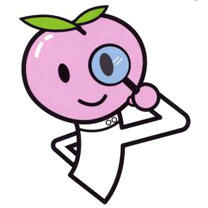
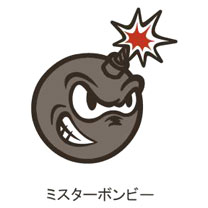
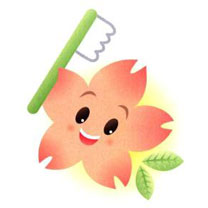
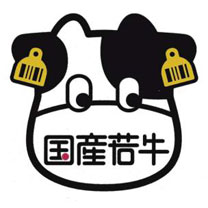


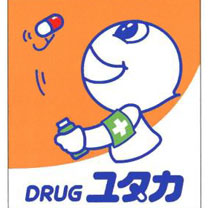
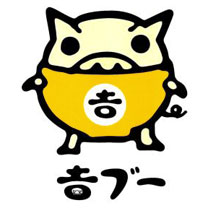
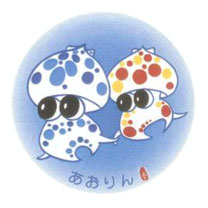
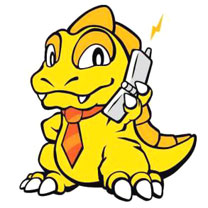
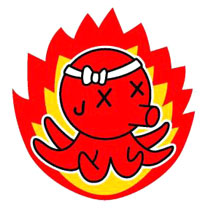
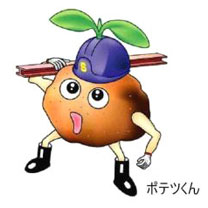



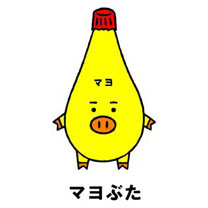

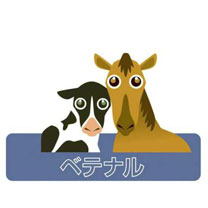

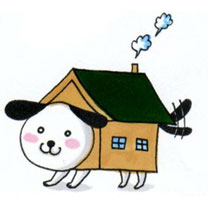

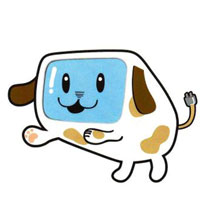
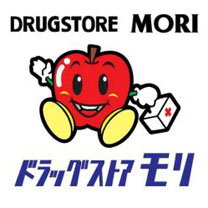
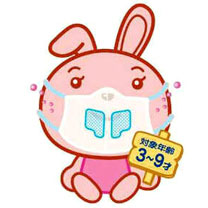

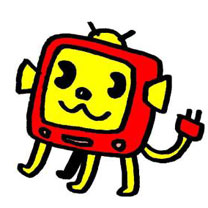
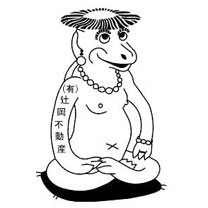
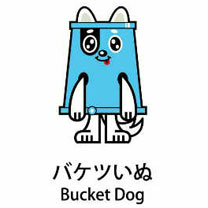
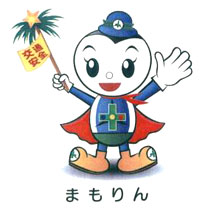
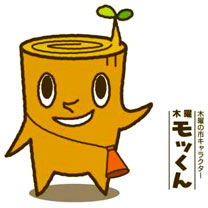
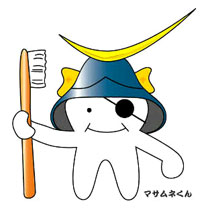
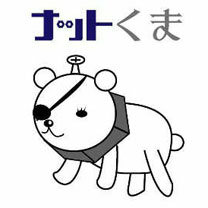
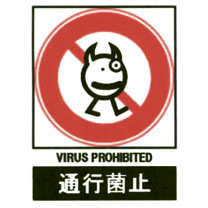
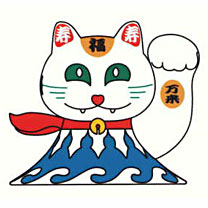
This collection represents only a small portion of the figurative trademarks found in the Japanese Figure Trademark Database. To explore the contents, go to the search page and plug in the Vienna Classification category numbers for the type of figure you would like to see.
The database does not provide explanatory information about the characters, nor does it indicate the names of the companies that employ them.
[Thanks to Japanese Trademarks for pointing the way!]
In the 1930s, a new style of poster emerged that reflected the growing significance of the masses in Japanese society. These artistic posters borrowed elements from Western design and often incorporated bold slogans with political, economic and educational themes. Here are a few examples.

Health Exercises for the People (Bureau of Postal Insurance, 1930)
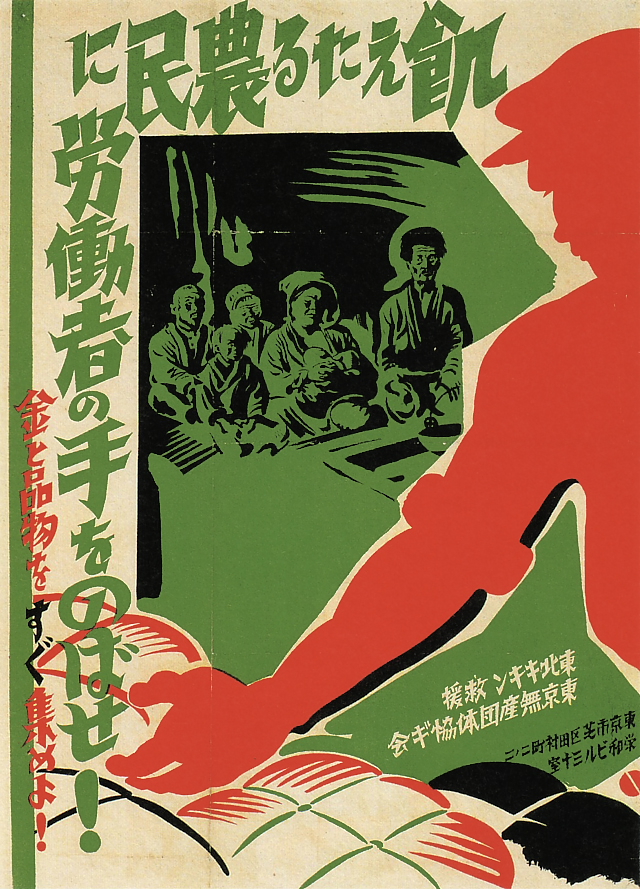
Tohoku Area Famine Relief (Federation of Tokyo Area Proletarian Organizations, 1931)
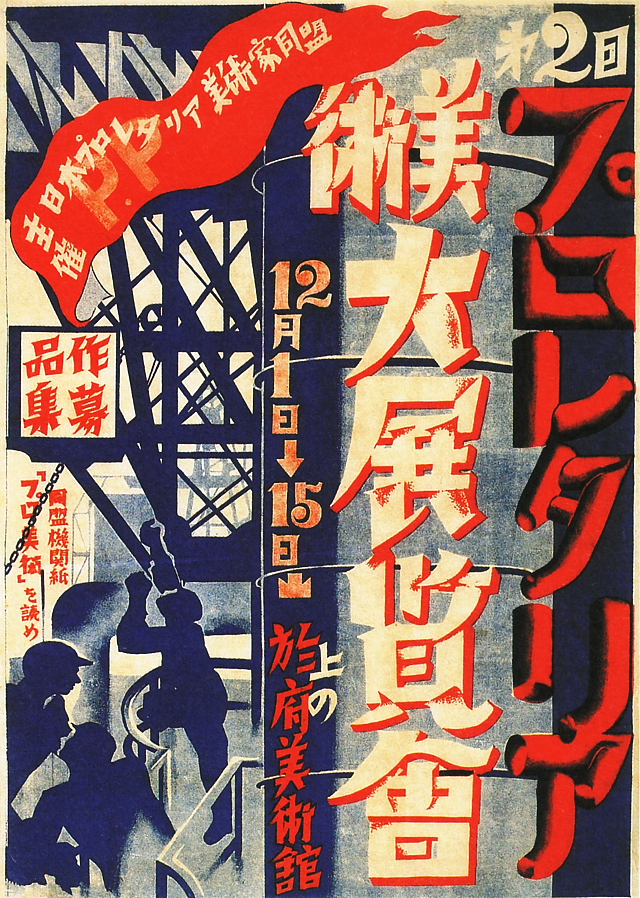
The 2nd Proletarian Art Grand Exhibition (Japan Proletarian Artists Federation, 1929)
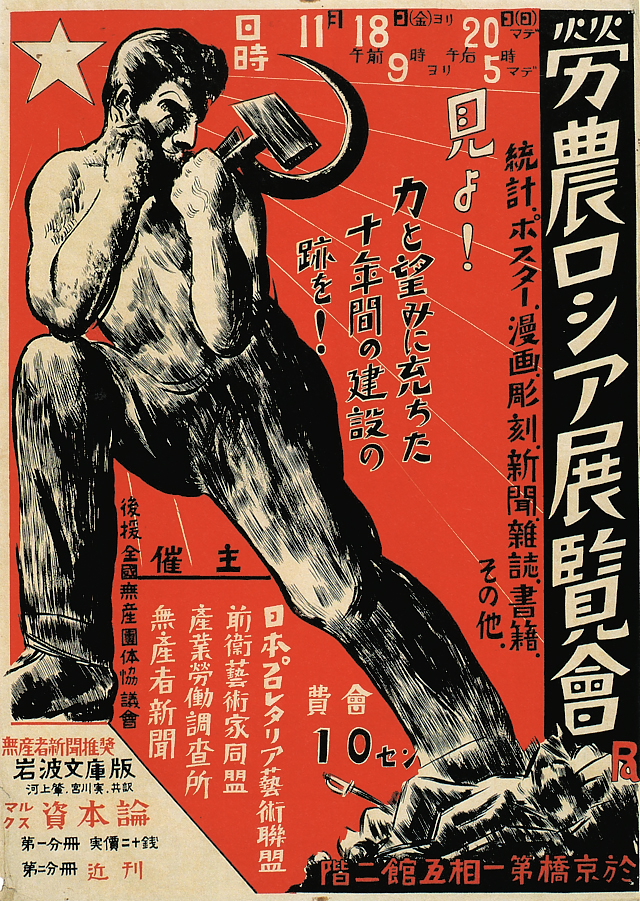
Workers and Farmers Russian Art Exhibit (Japan Proletarian Art League, 1927)
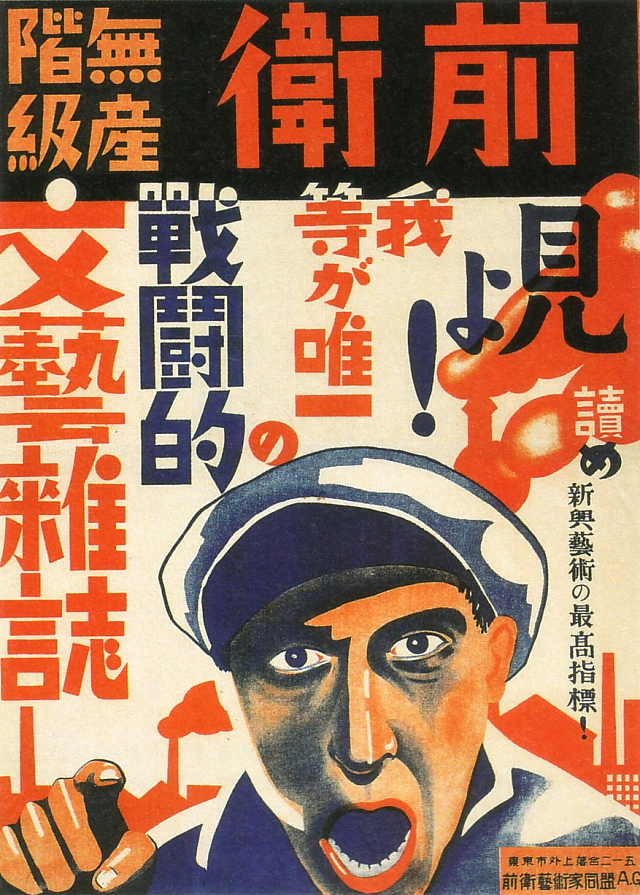
Listen! Workers of All Nations! (1931)
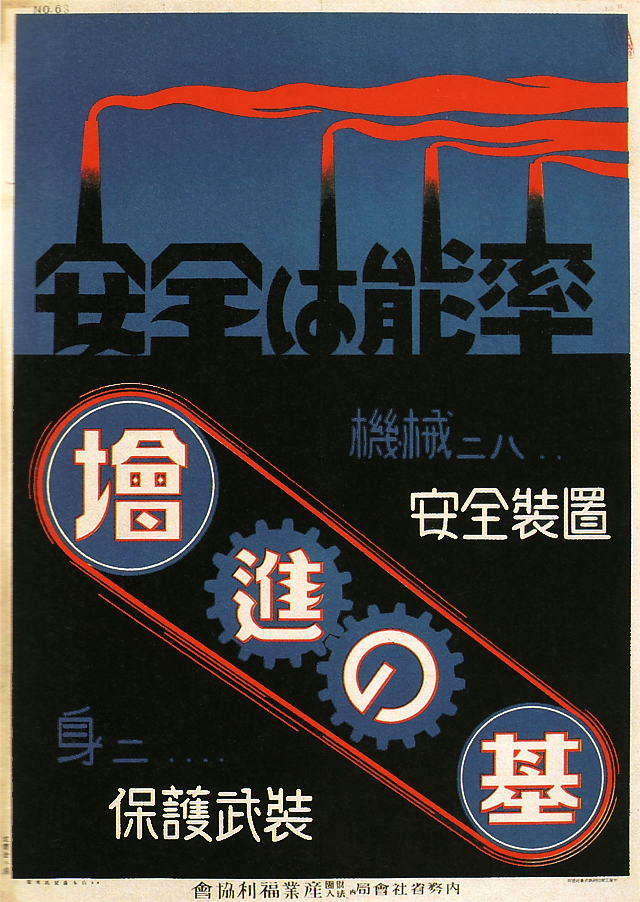
Safety Leads to Efficiency (Labor Welfare Association, 1932)
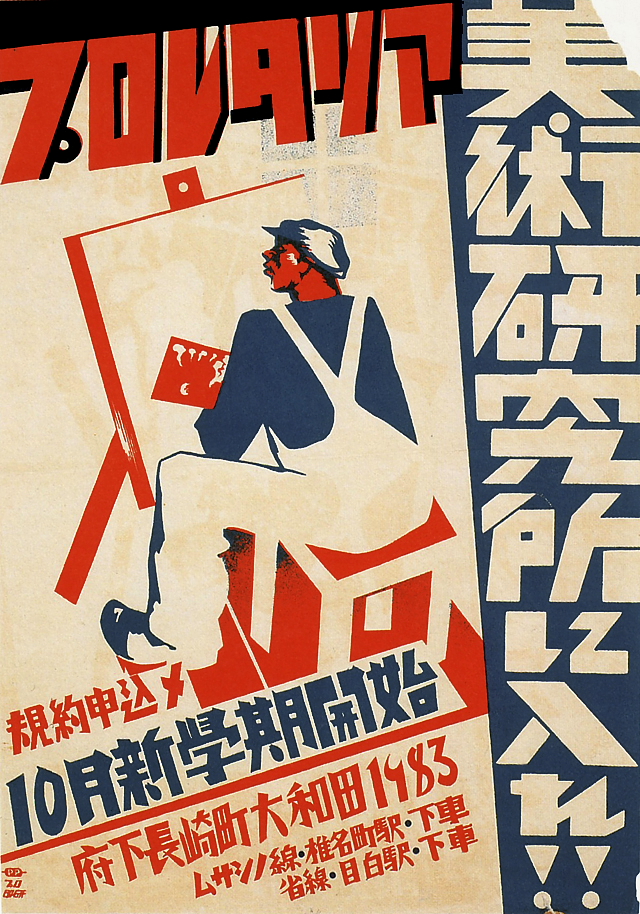
Proletarian Art Institute (1930)
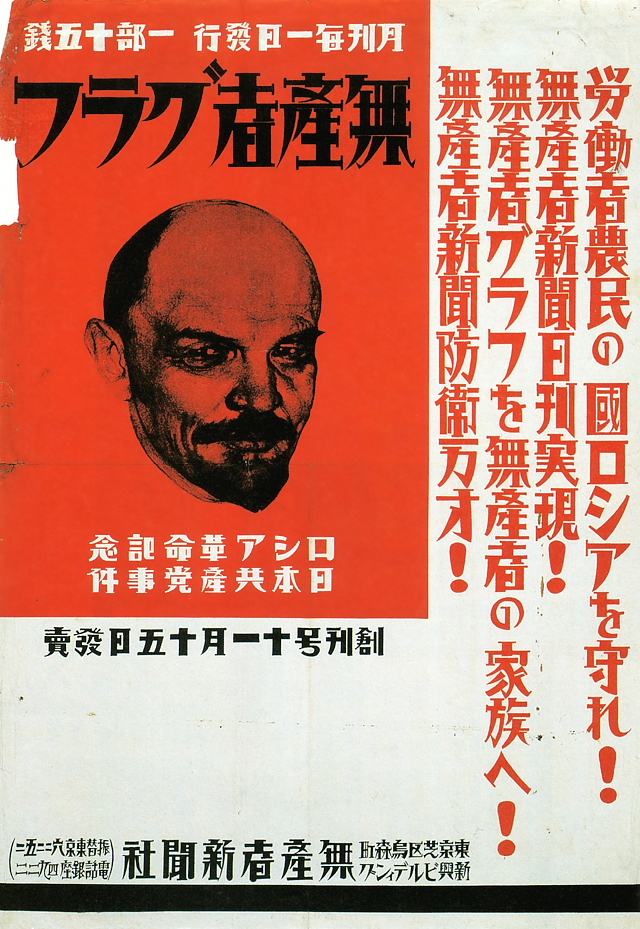
Poster for The Proletarian Graph Magazine (Proletarian News Company, 1929)
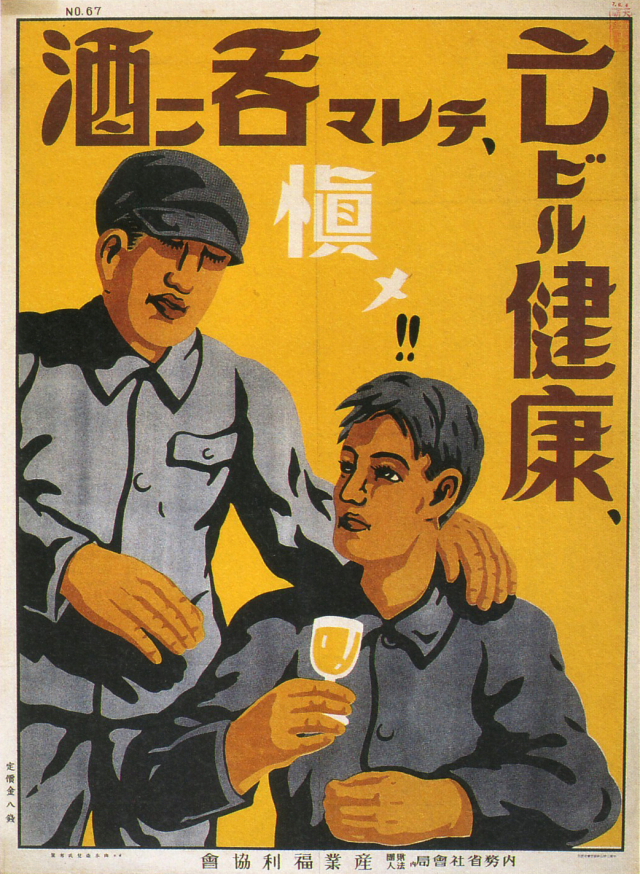
Indulging in Alcohol Ruins Your Health (Labor Welfare Association, 1932)
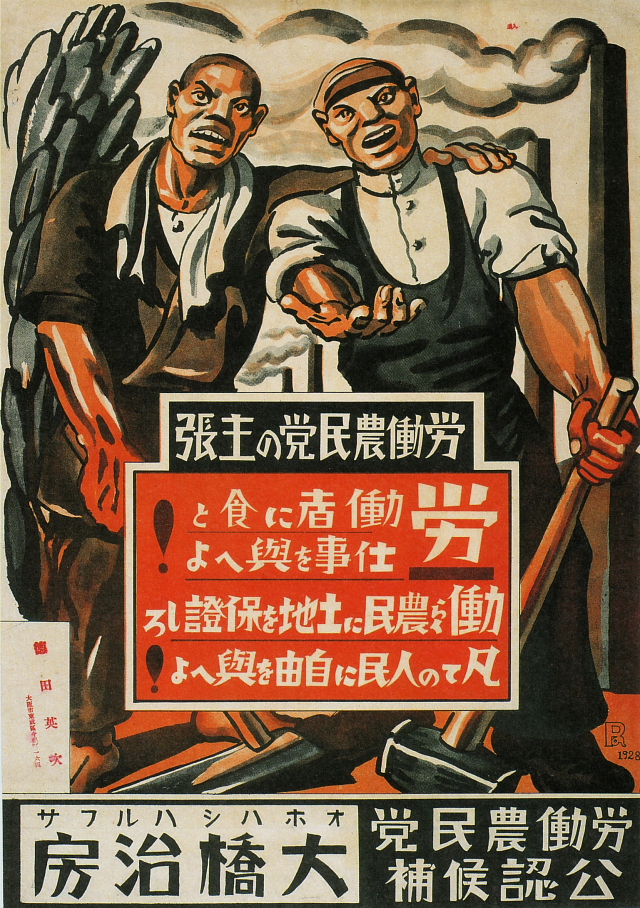
Harufusa Ohashi (Election Poster for Labor-Farmer Party, 1928)
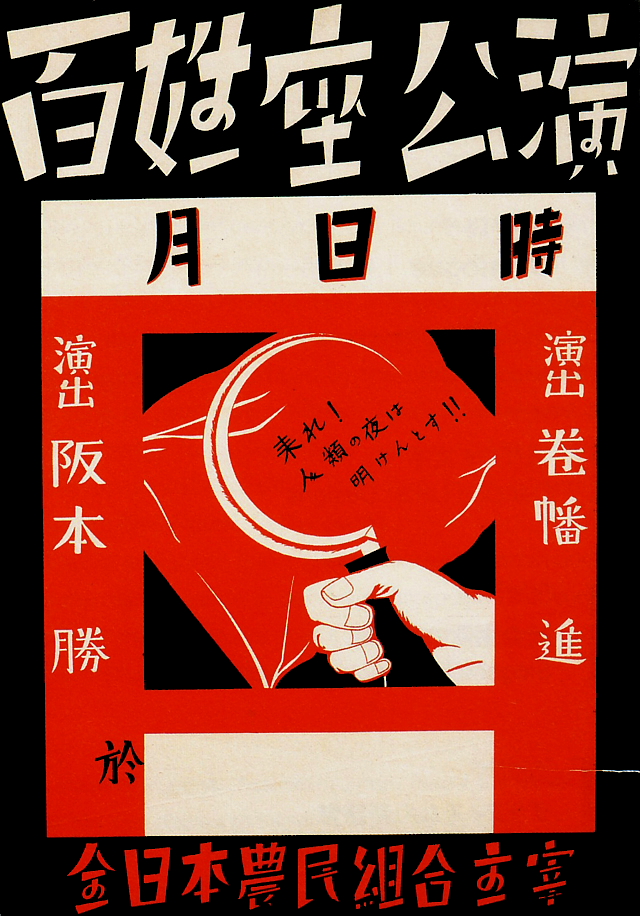
Come, the Dawn of Mankind is Breaking (Farmers' Theater Performance, 1928)
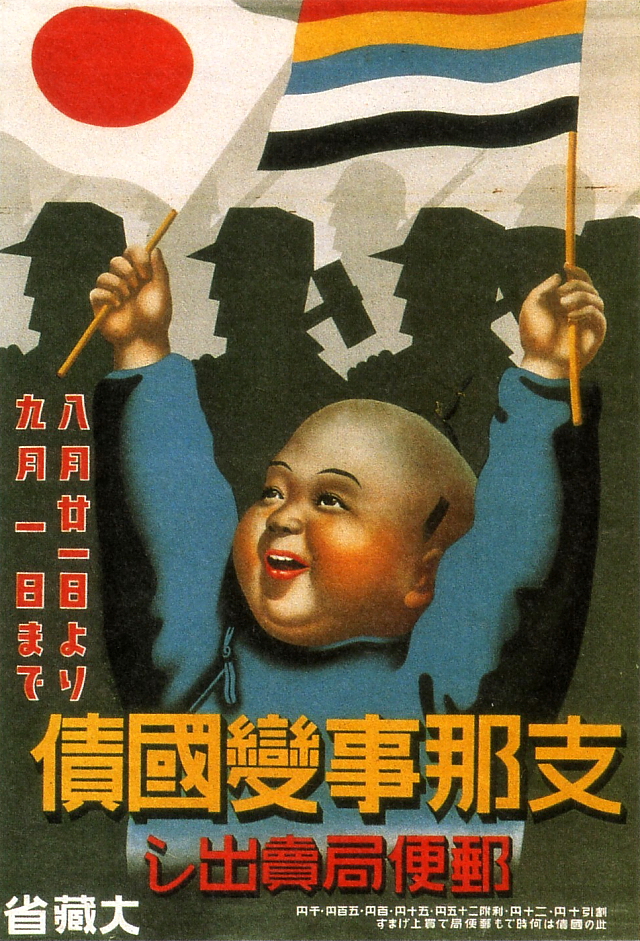
National Bonds for the Sino-Japanese War (Ministry of Finance, 1937)
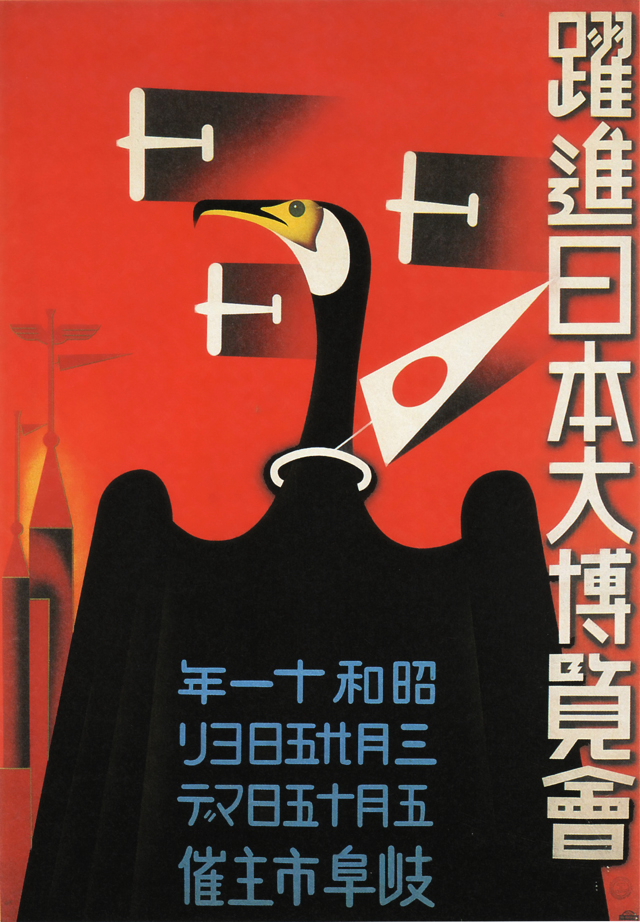
The Grand National Exhibition of Advancing Japan (City of Gifu, 1936)
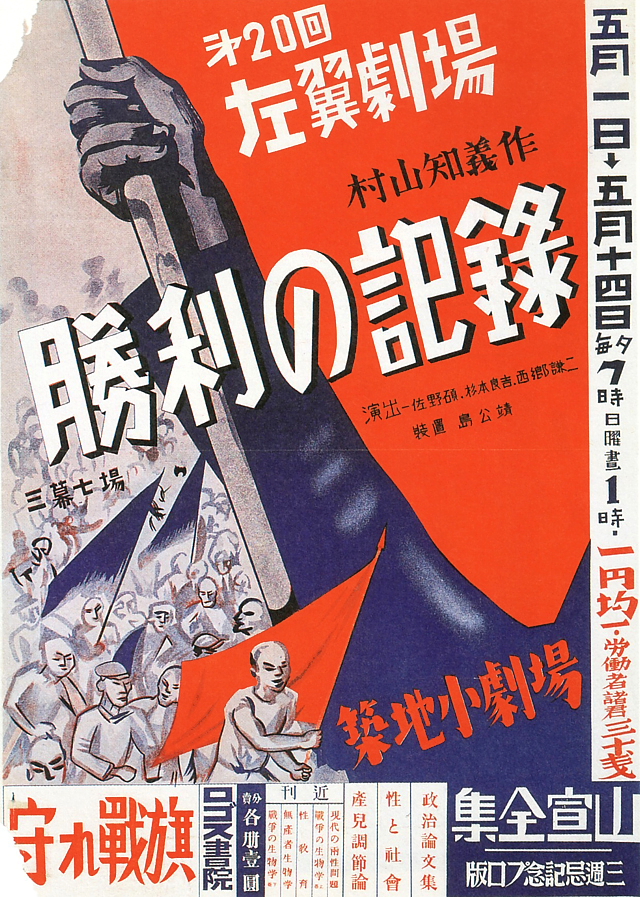
Records of a Victory (Leftist Theater's 20th Performance, 1931)
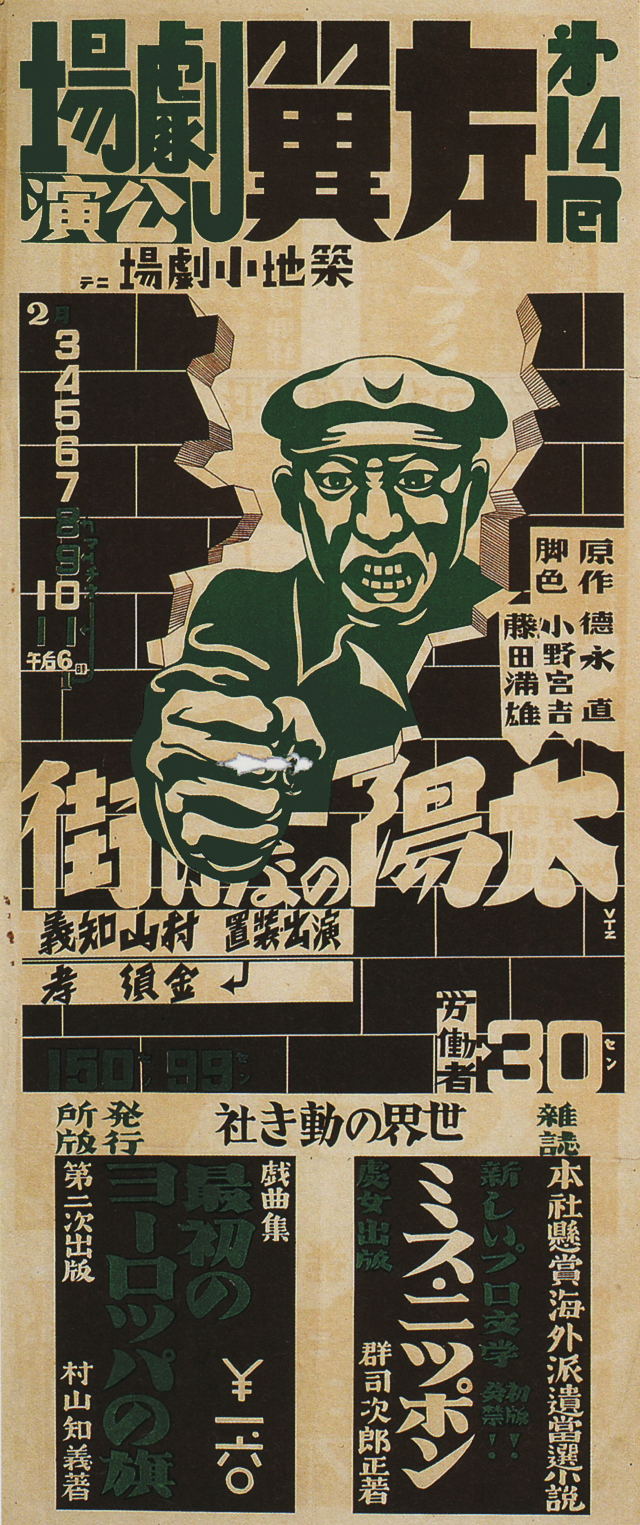
A Town With No Sun (Leftist Theater's 14th Performance, 1930)
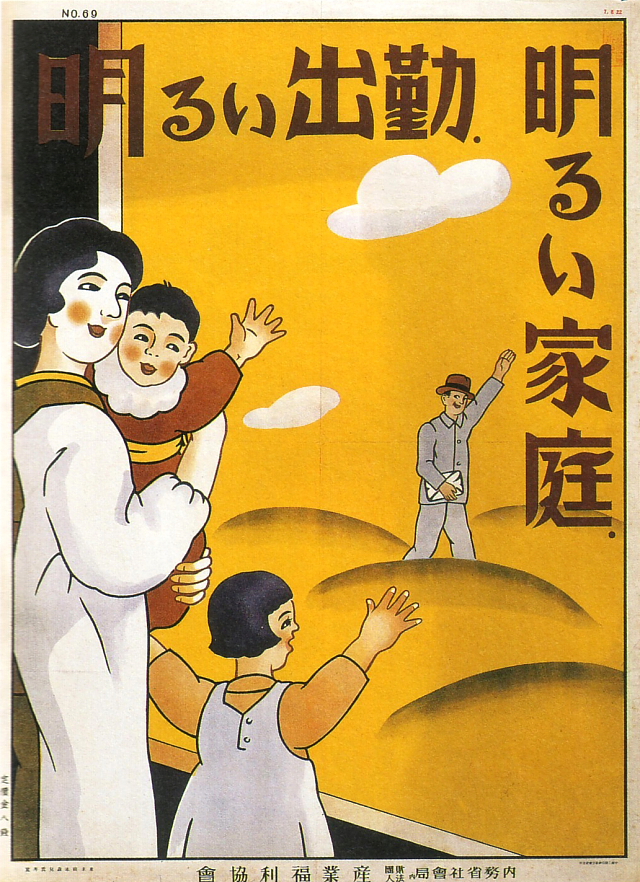
A Happy Worker Makes a Happy Home (Labor Welfare Association, 1932)

Rise, All Japanese Citizens (Imperial Rule Assistance Association, 1940)
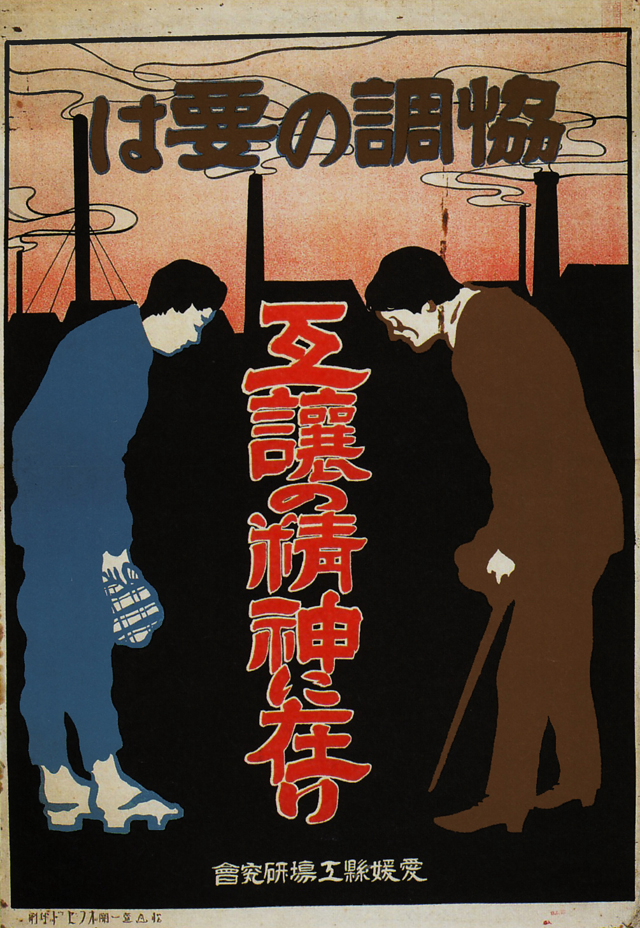
The Key to Harmony Is the Spirit of Mutual Help (Ehime Factory Improvement Committee, 1929)
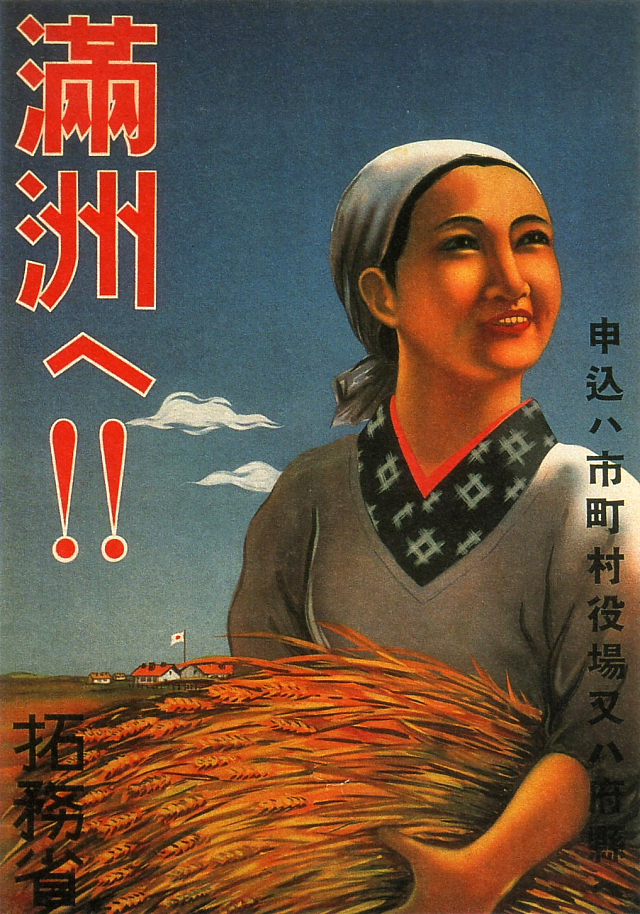
To Manchuria! (Ministry of Overseas Affairs, 1927)
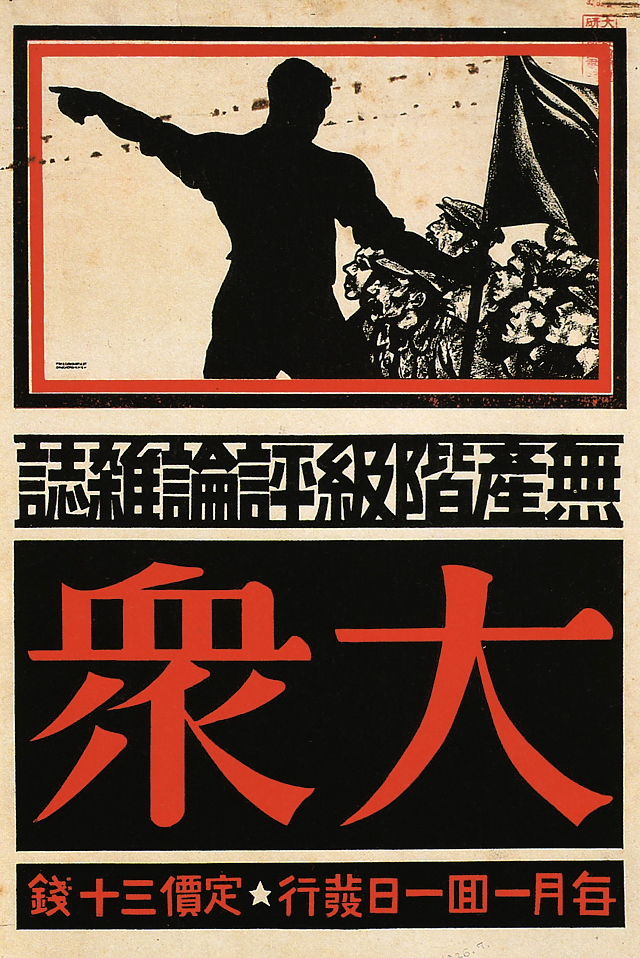
Poster for Taishu [The Masses] Magazine (Taishusha, 1929)
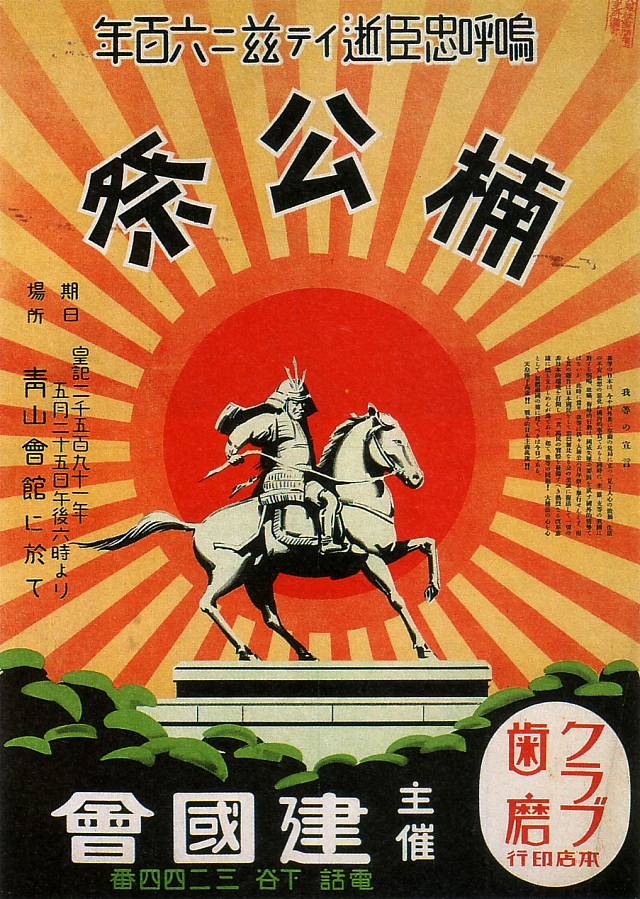
Kusunoki Masashige Festival (Kenkoku Kai, 1931)
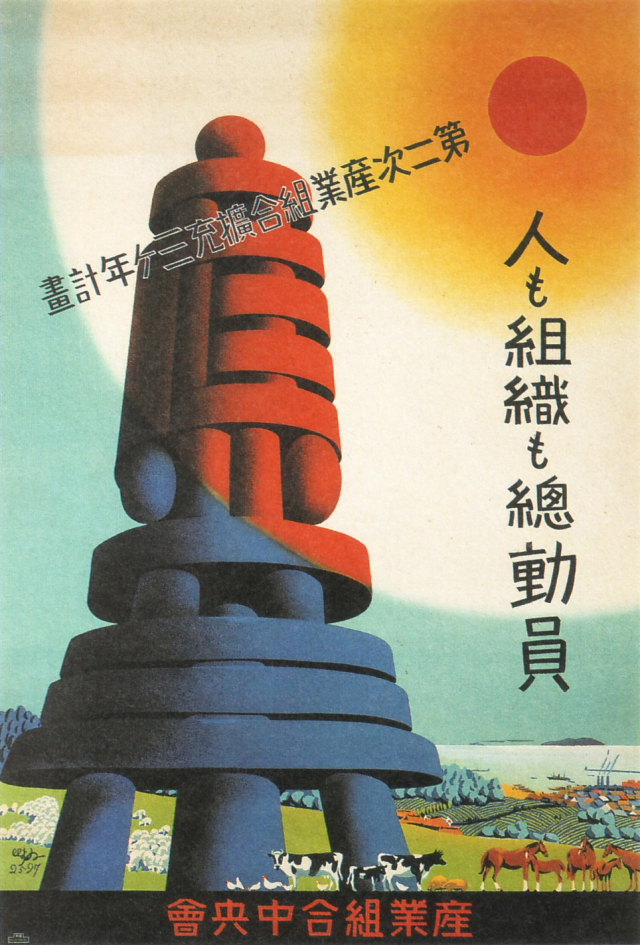
Mobilizing All Citizens and Organizations for the Nation (Industrial Guilds Central Committee, 1937)
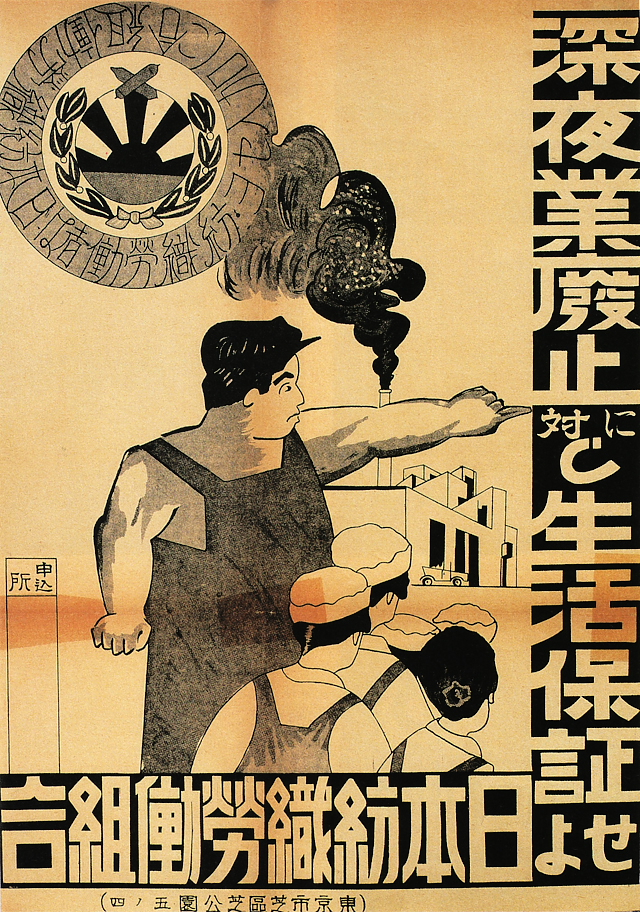
Pay a Living Wage (Japan Textile Workers' Union, 1930)
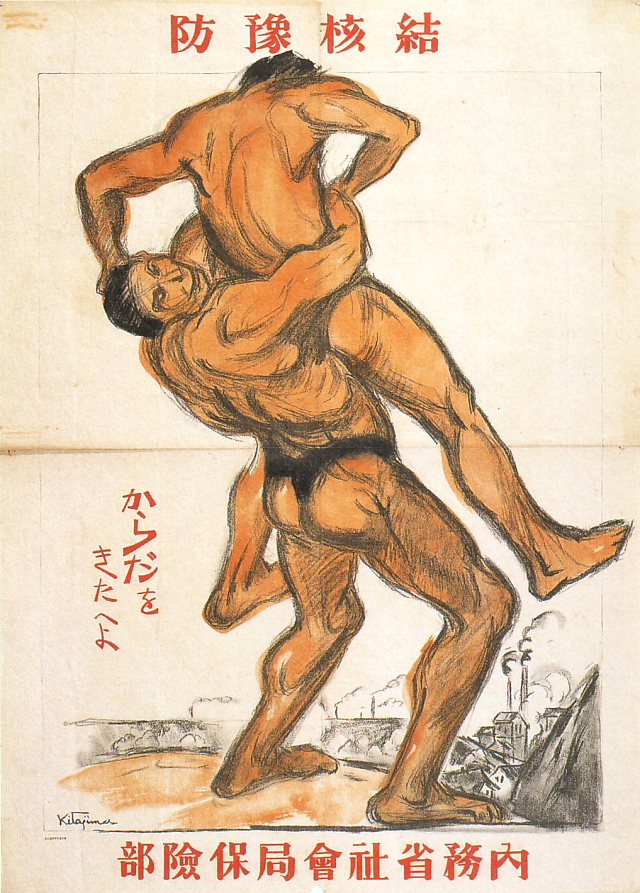
Prevent Tuberculosis (Ministry of Home Affairs - Social Affairs Bureau, 1930)
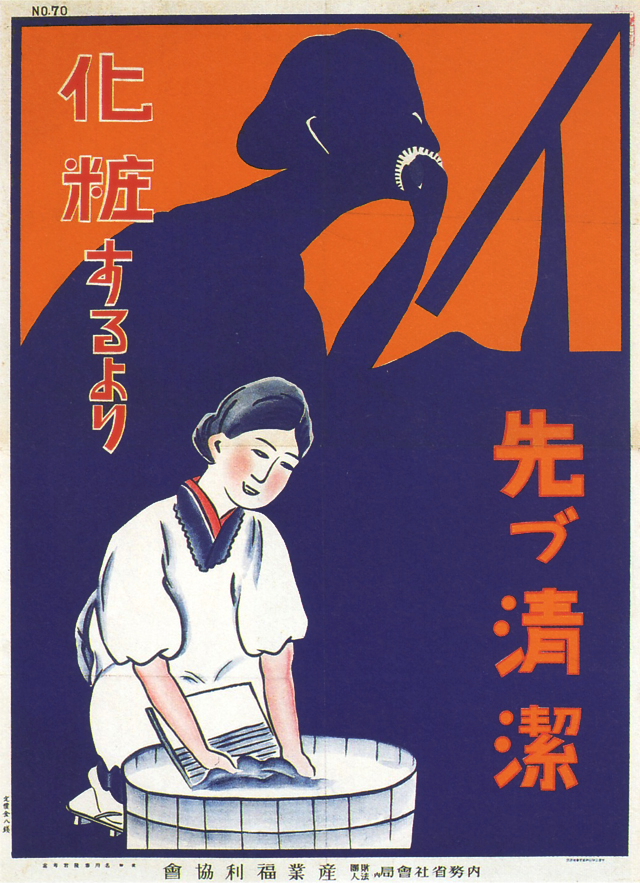
Clean Up Before Make Up (Labor Welfare Association, 1932)
[Source: "Japanese Posters and Handbills in the 1930s - Communication in Mass Society," published by National Museum of Modern Art, Tokyo, 2001]